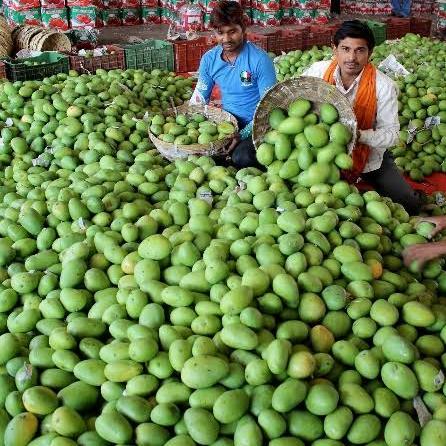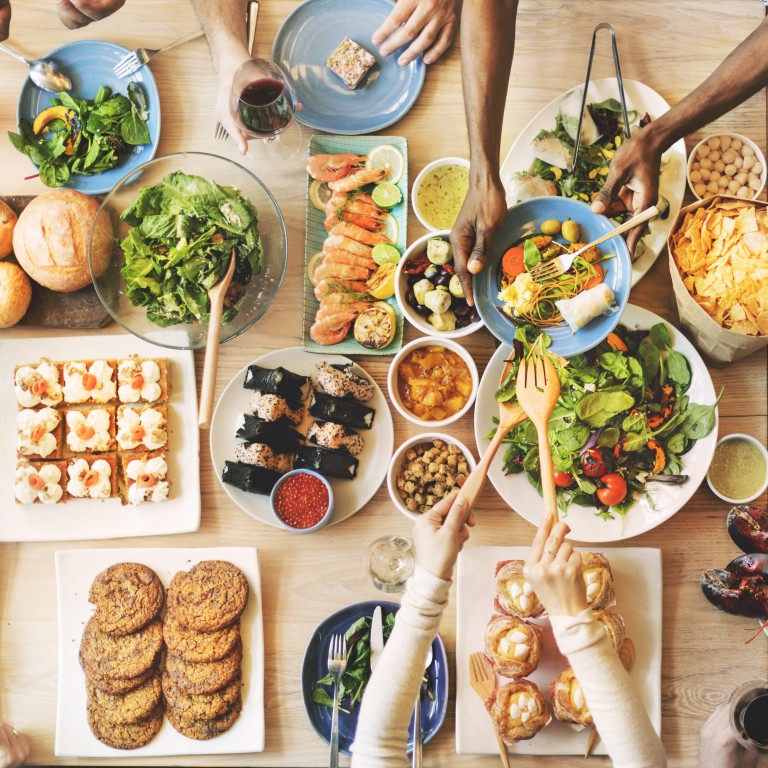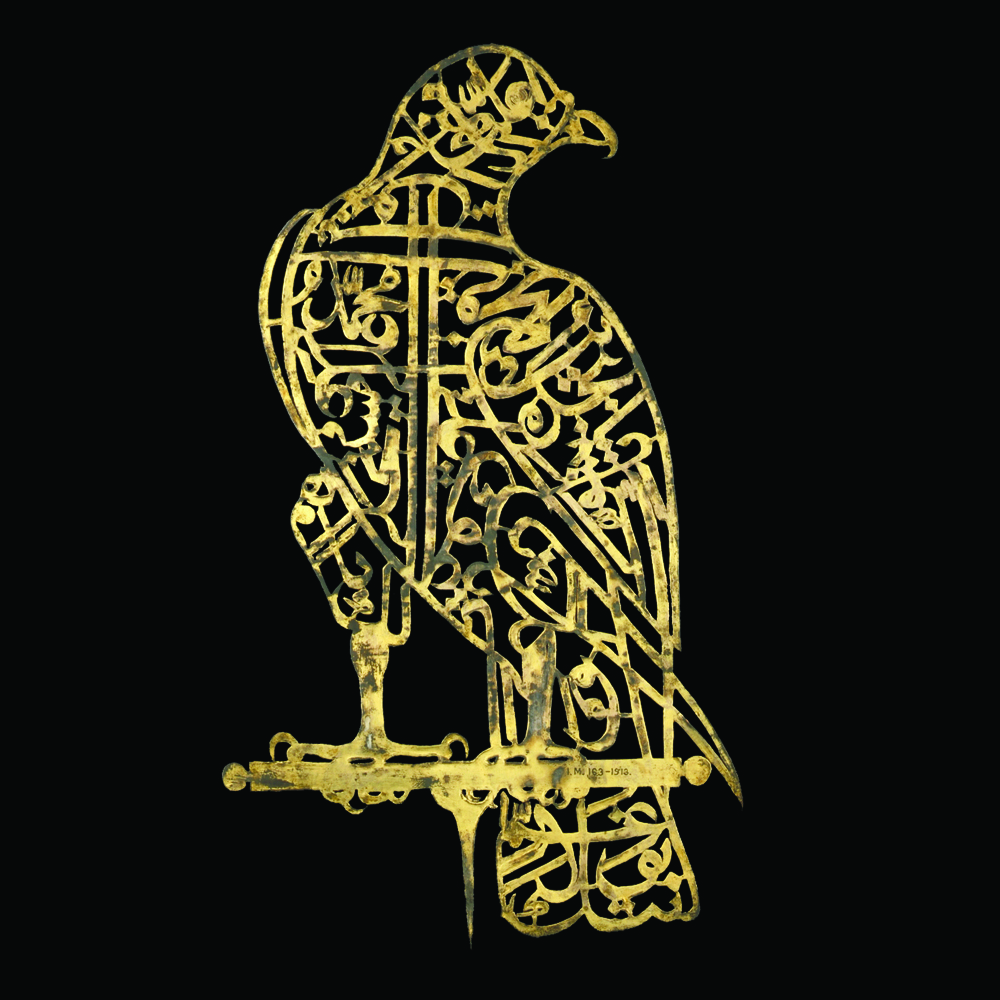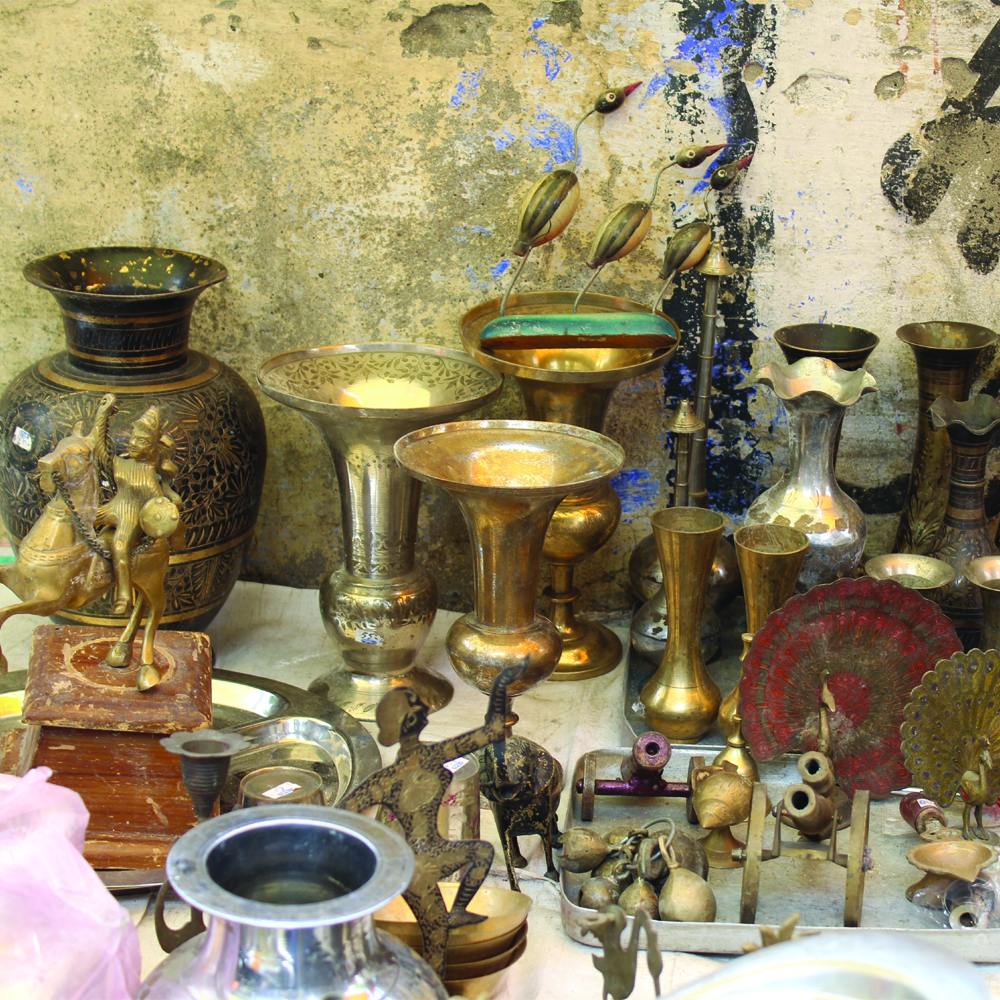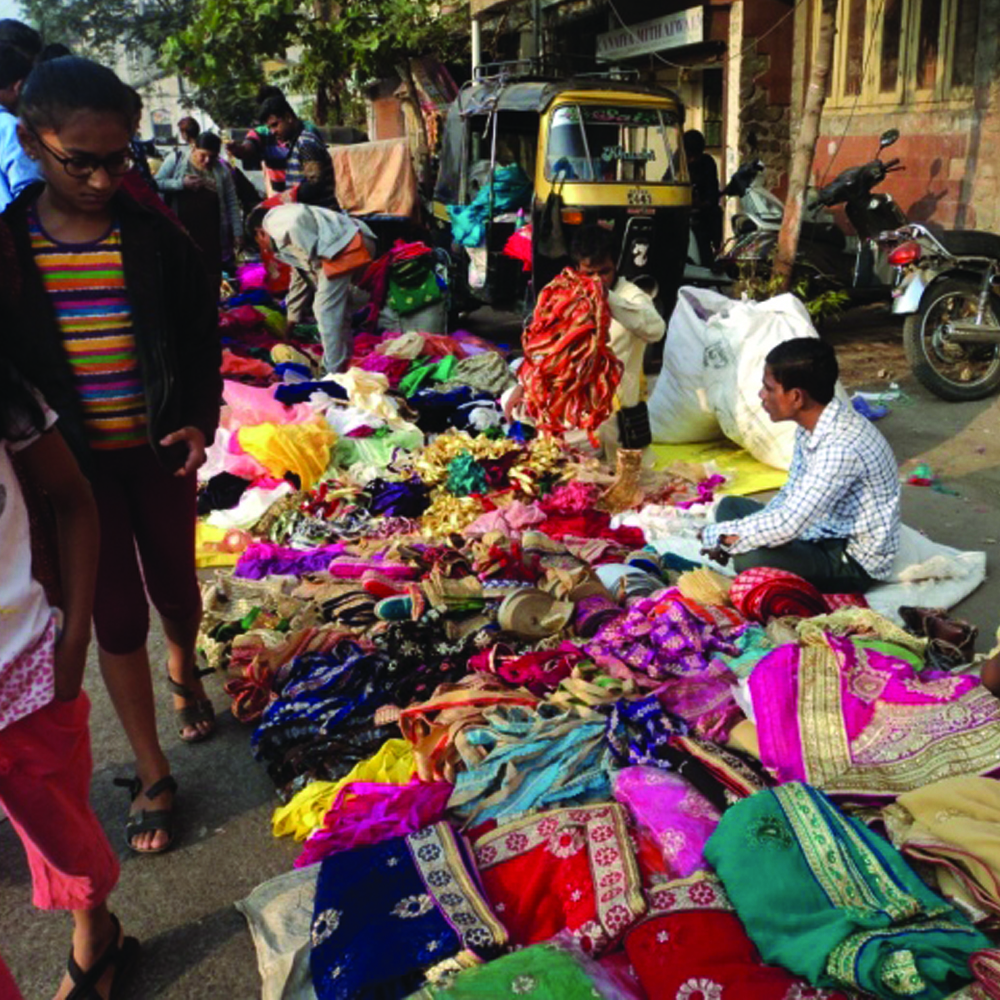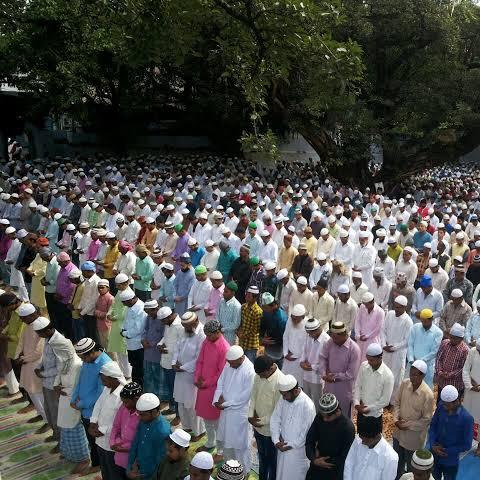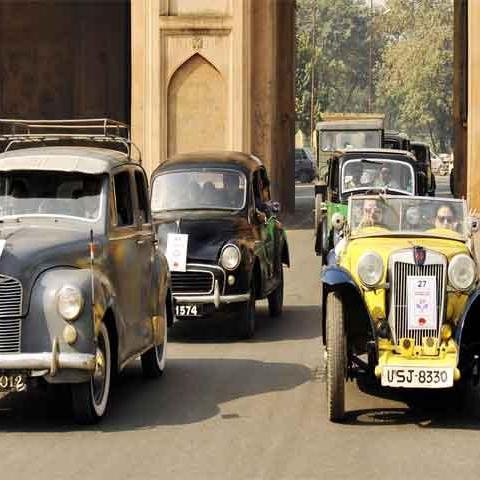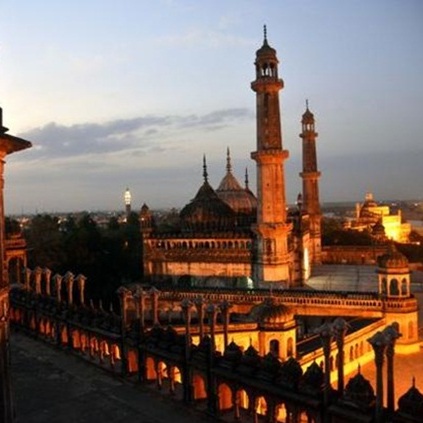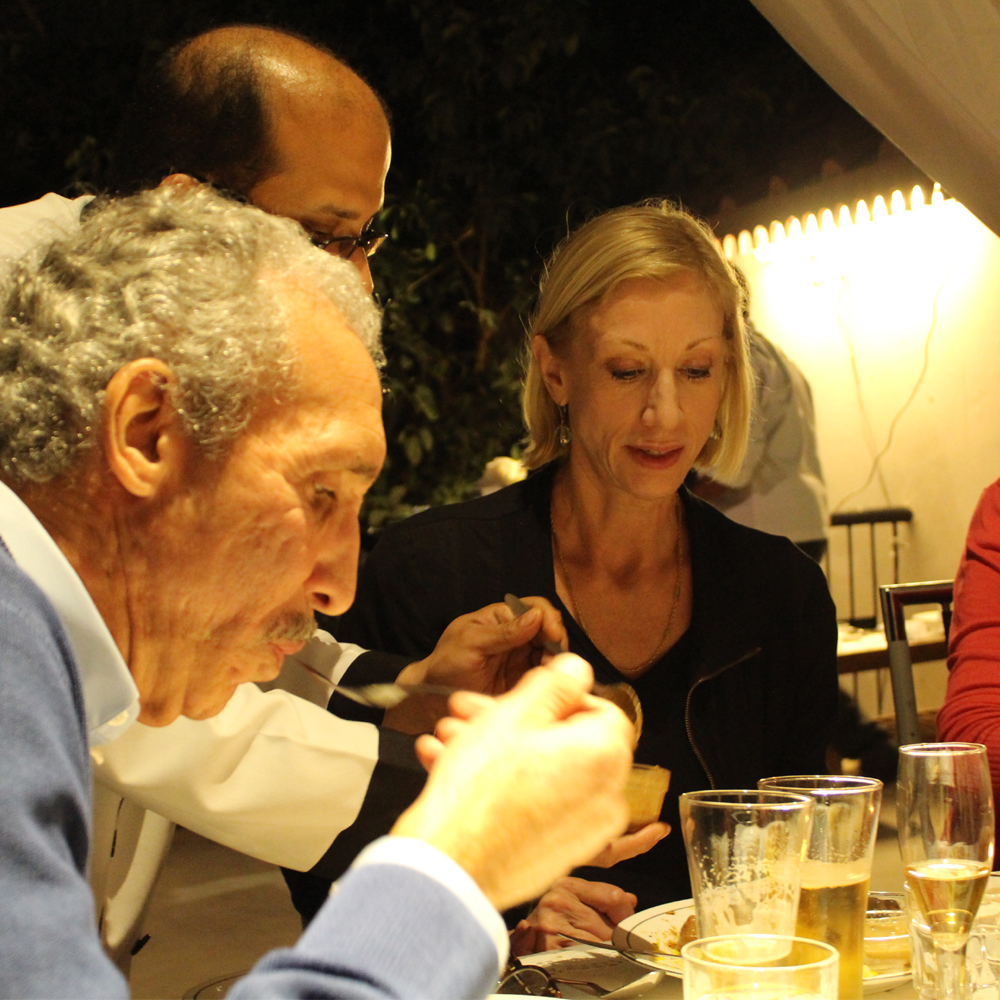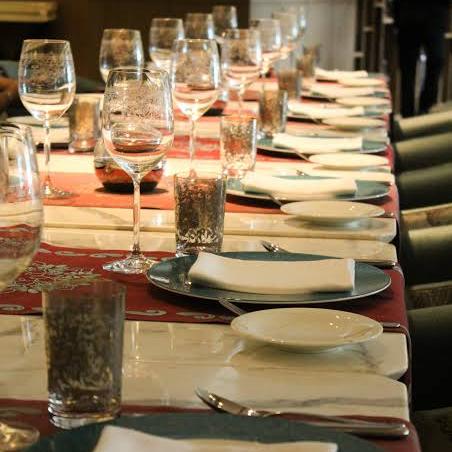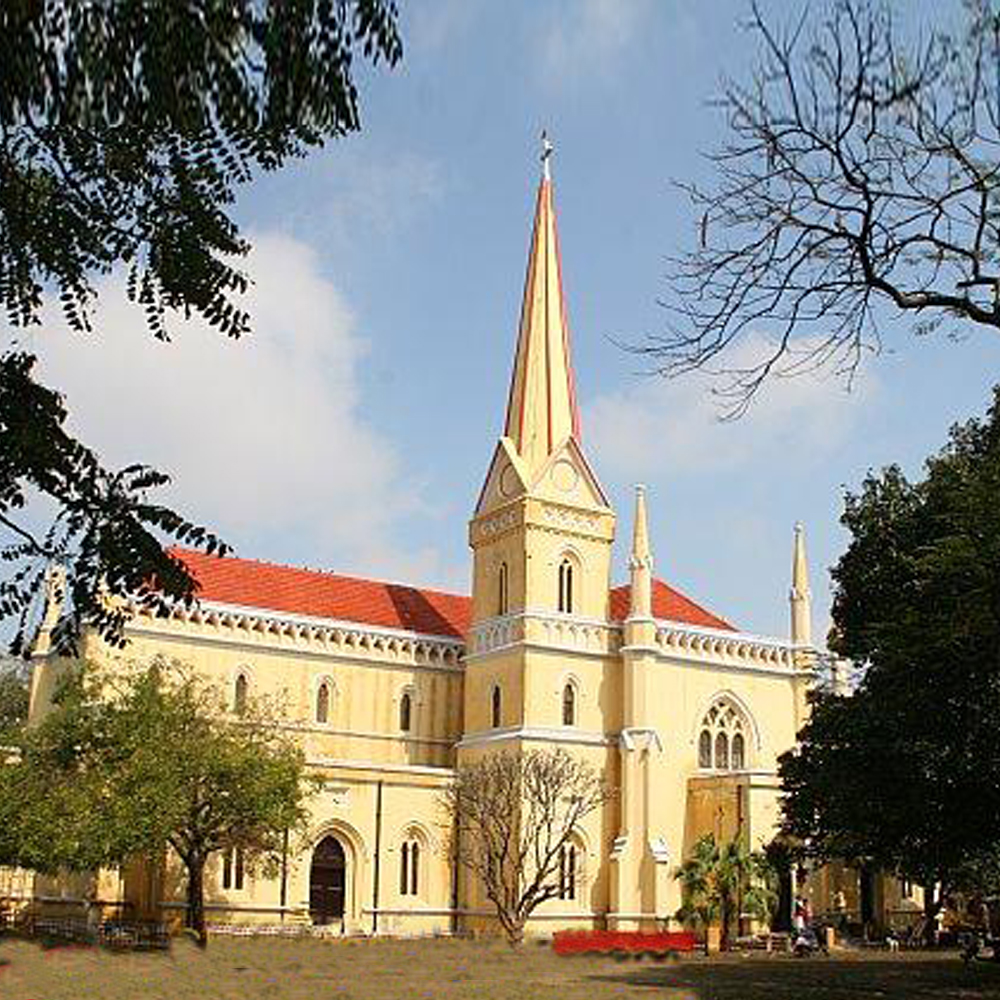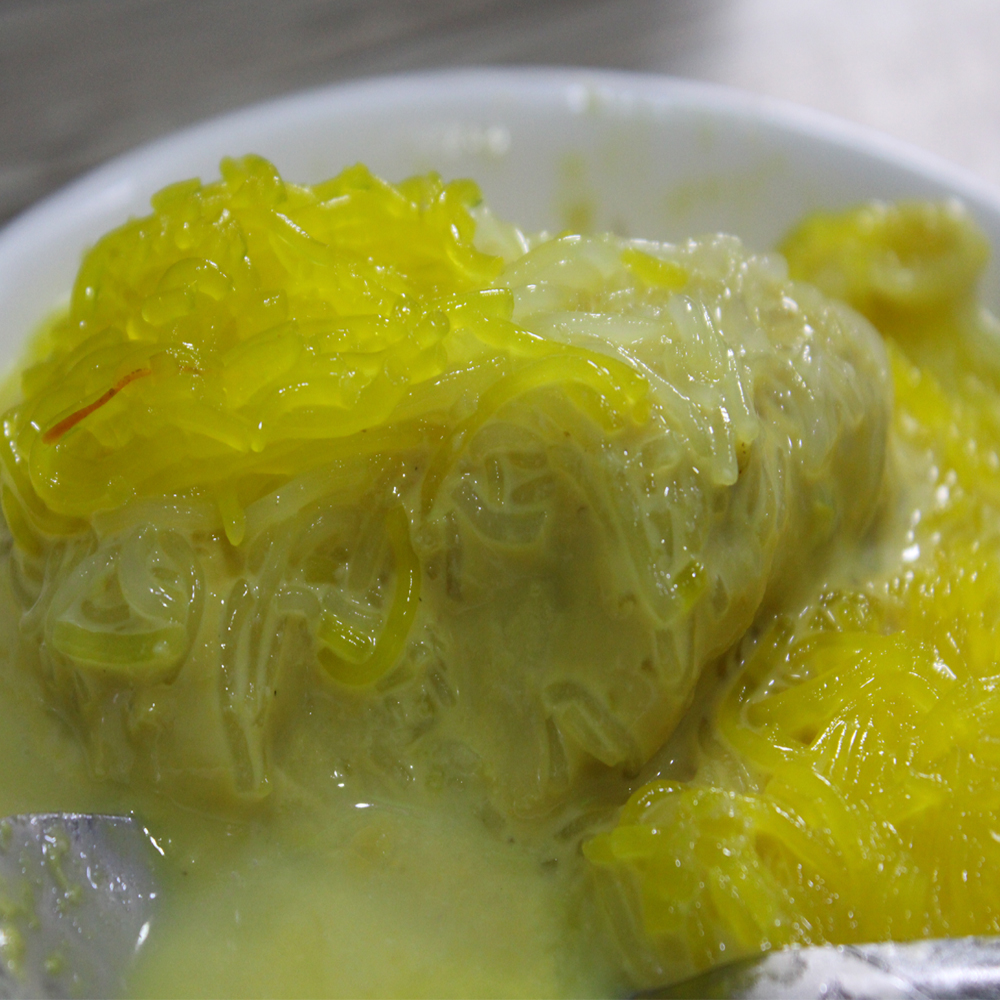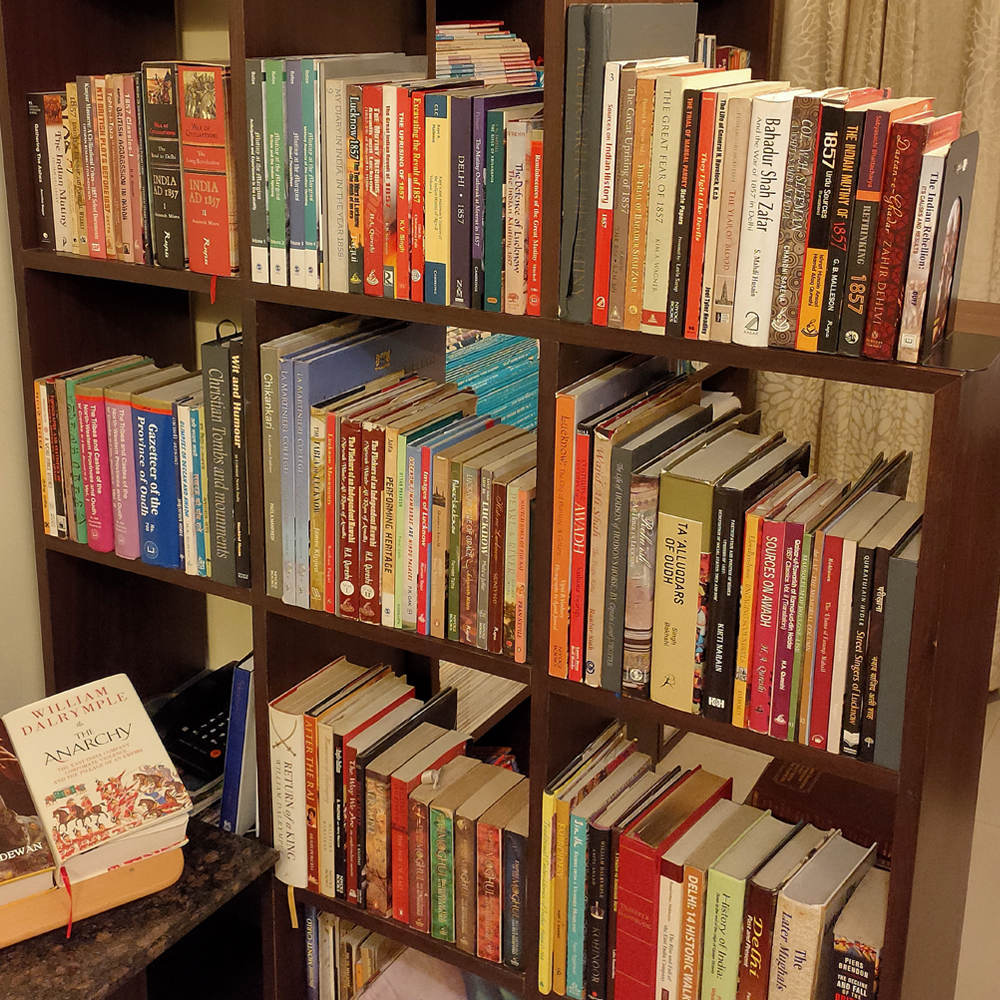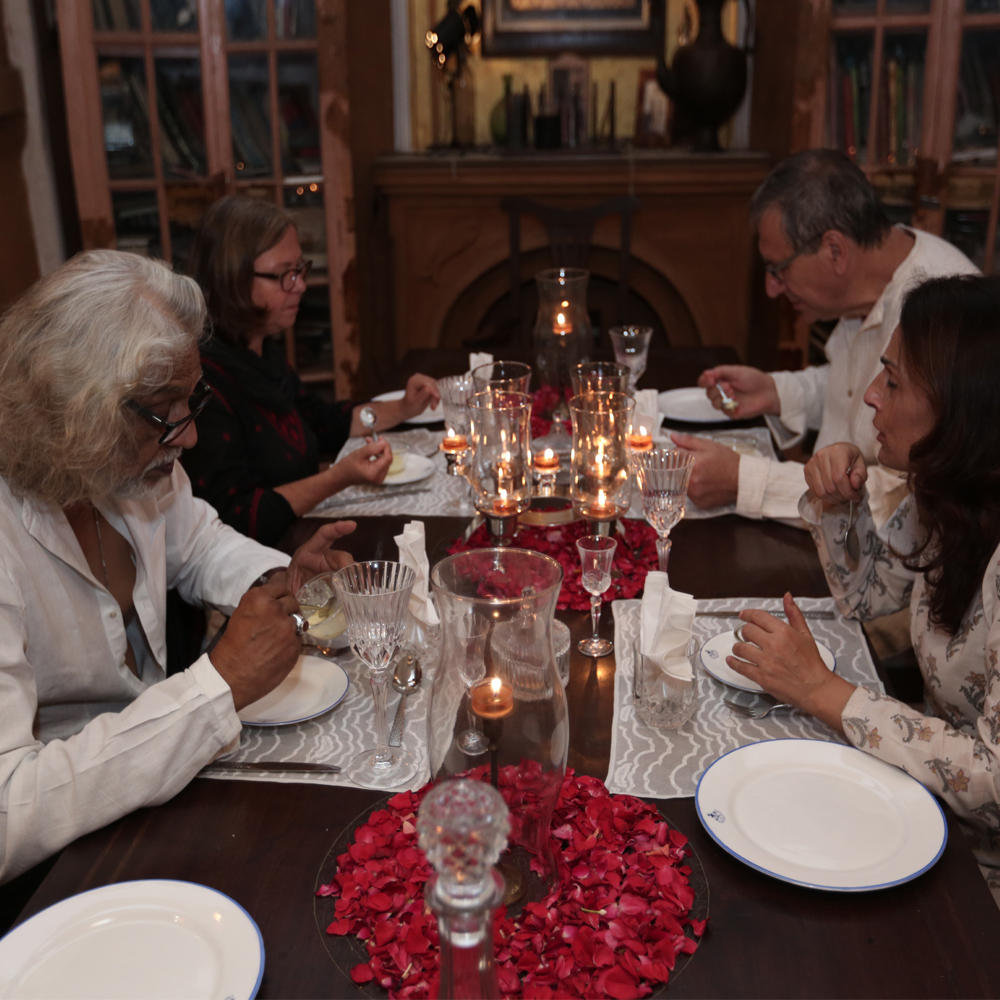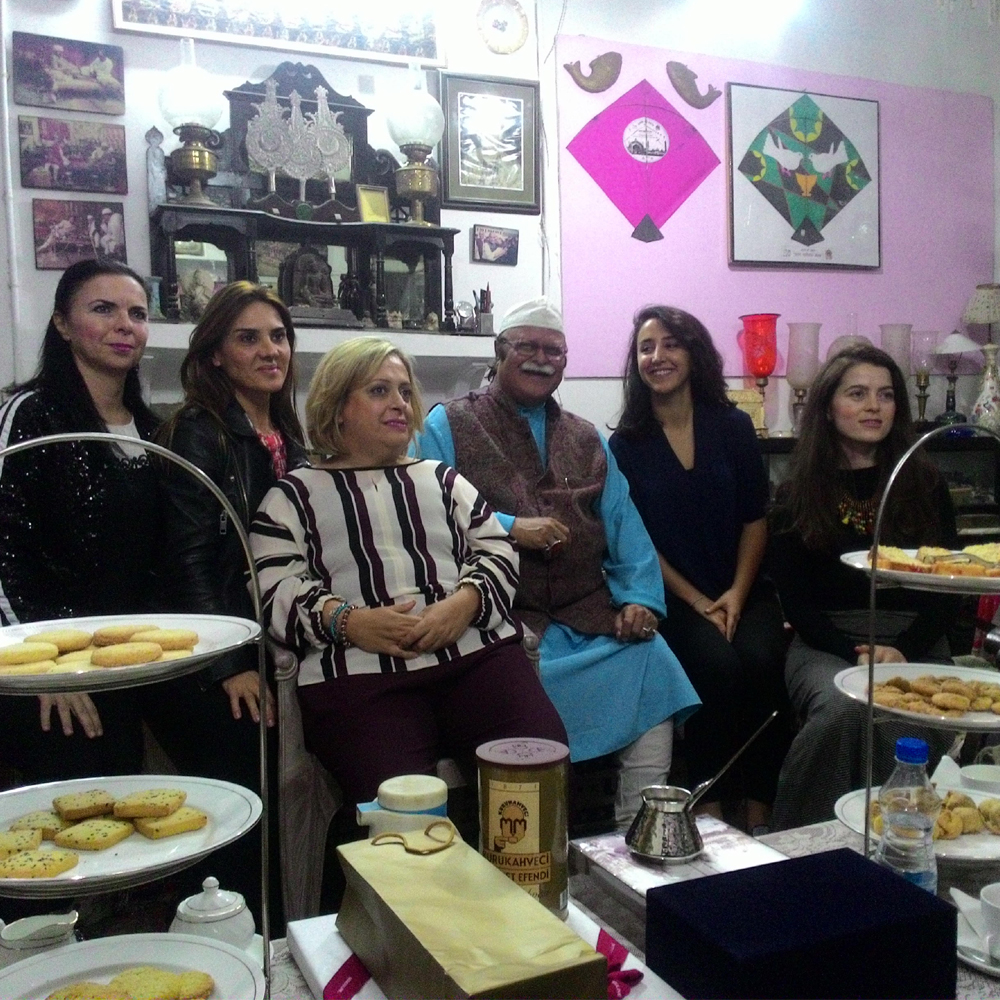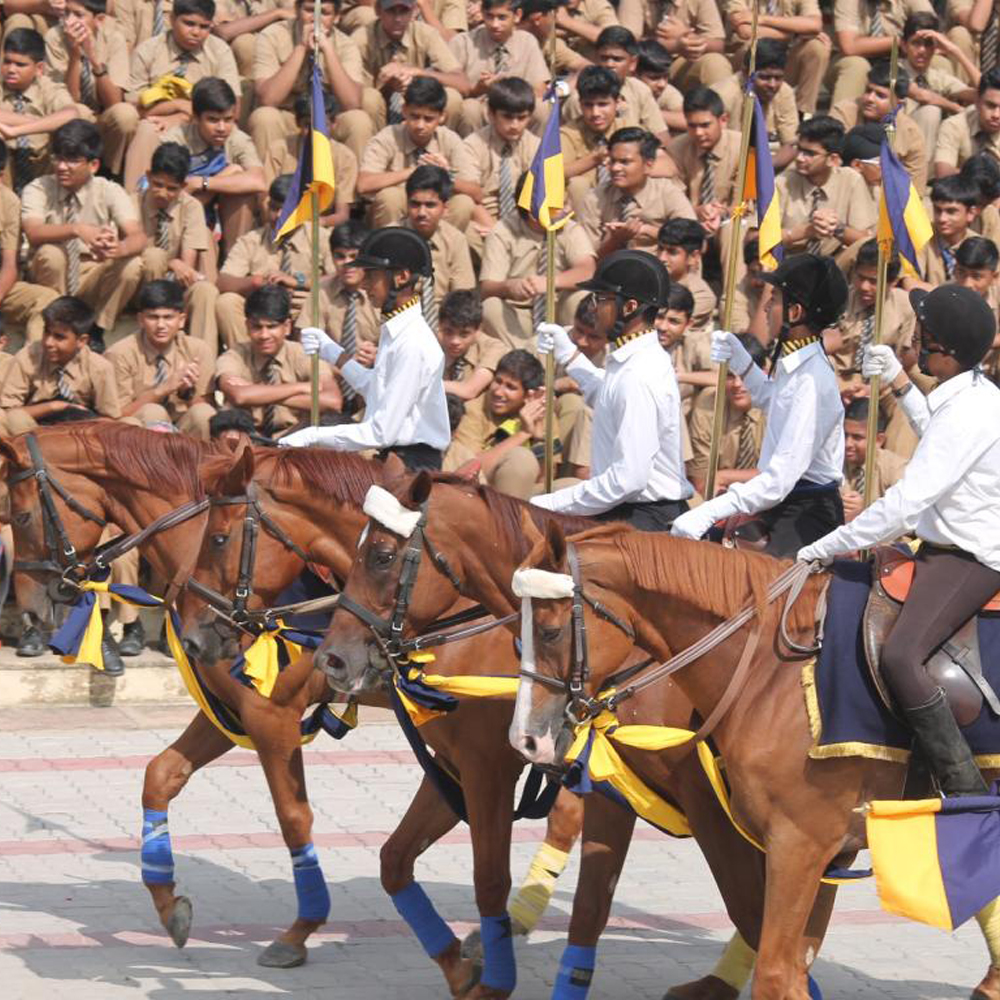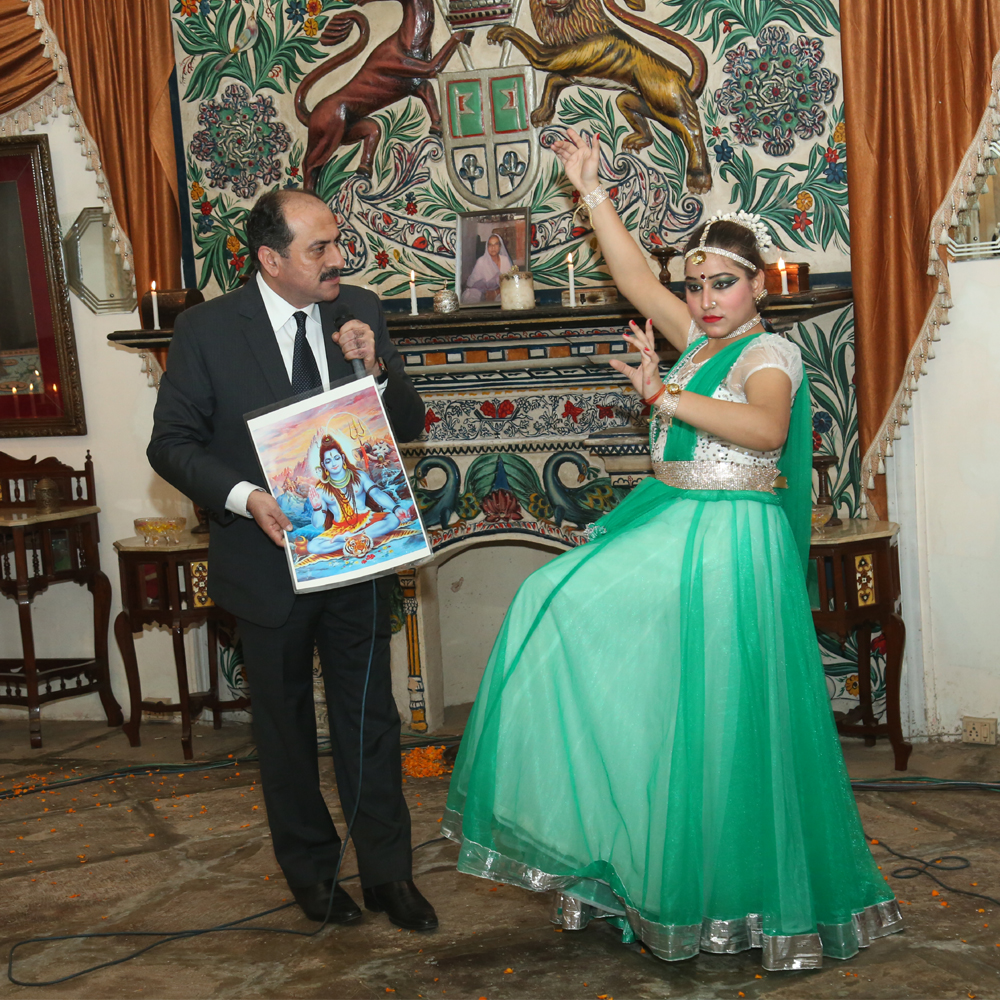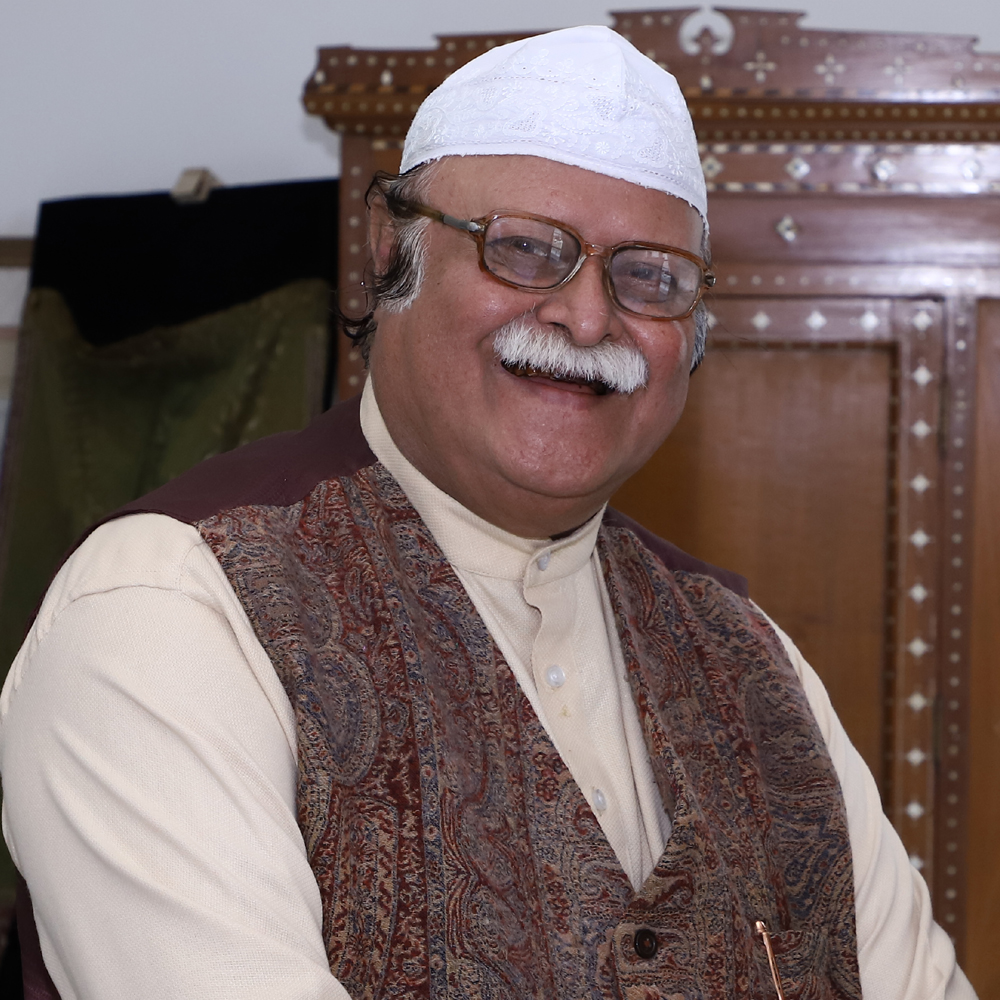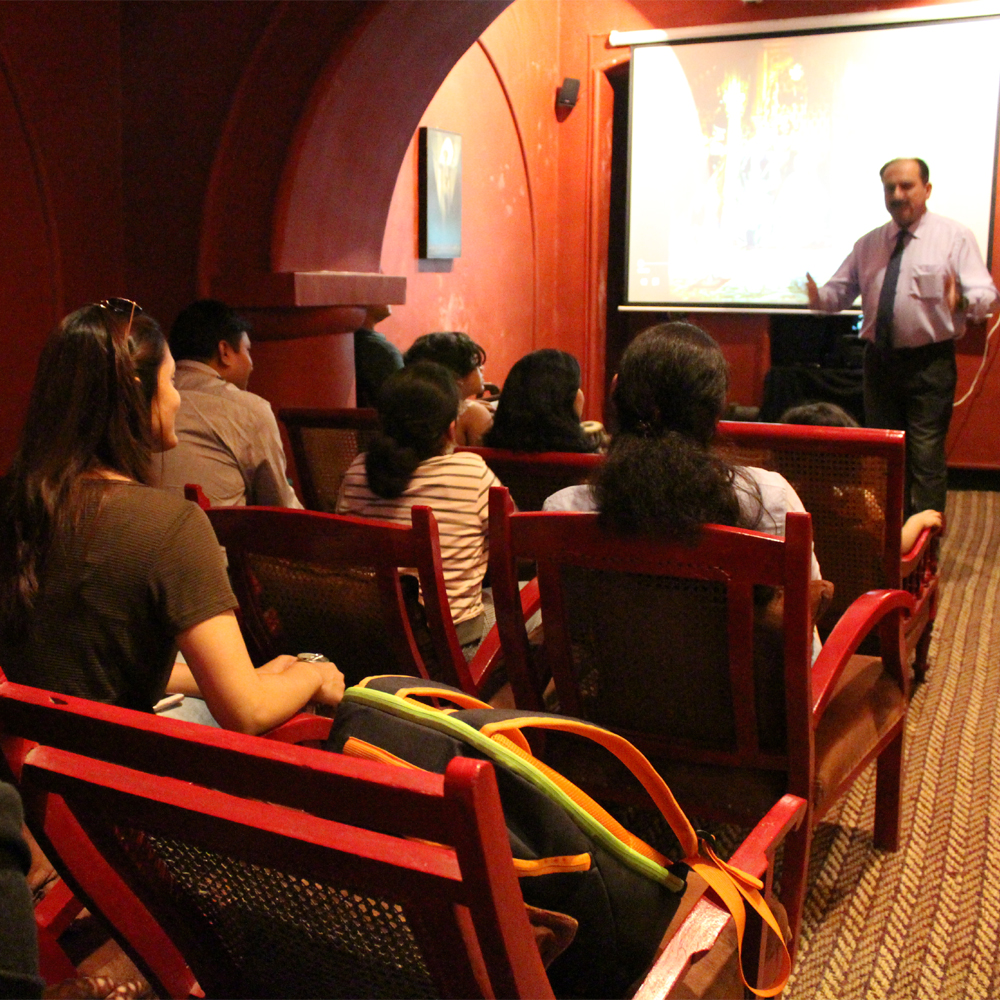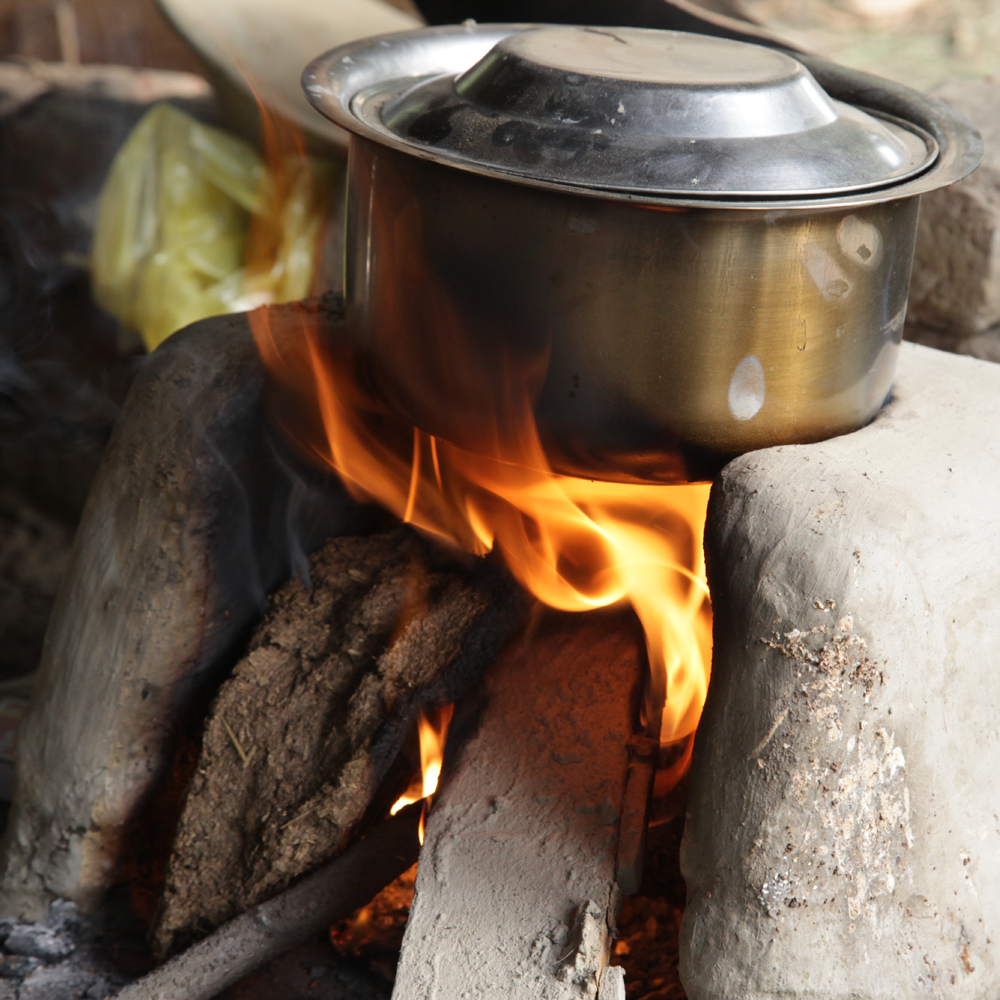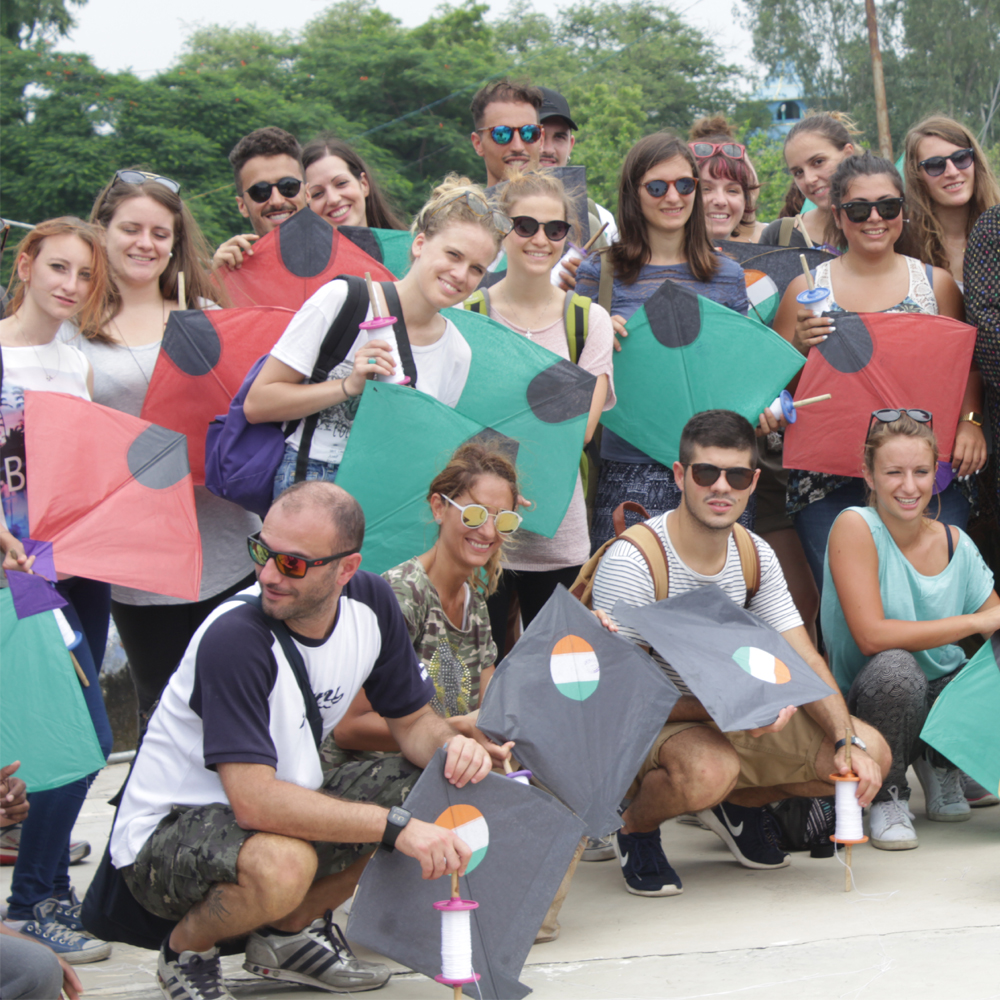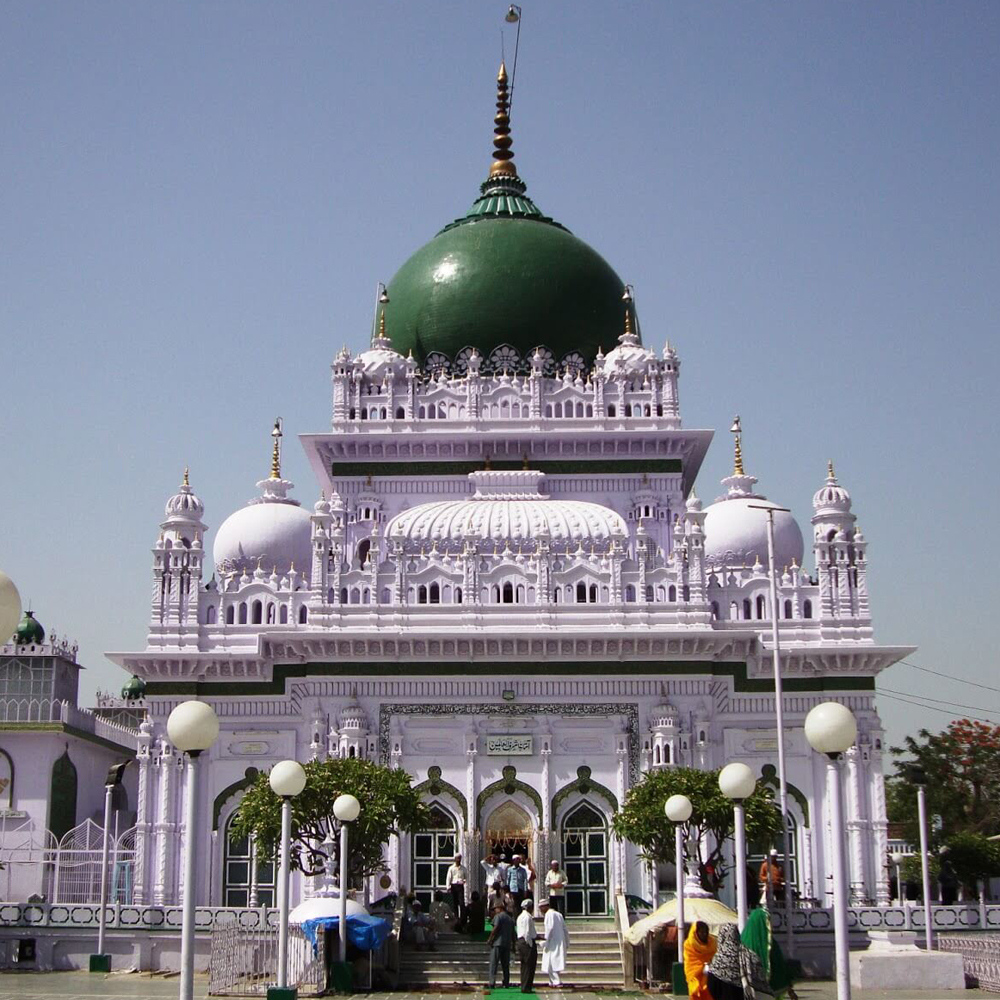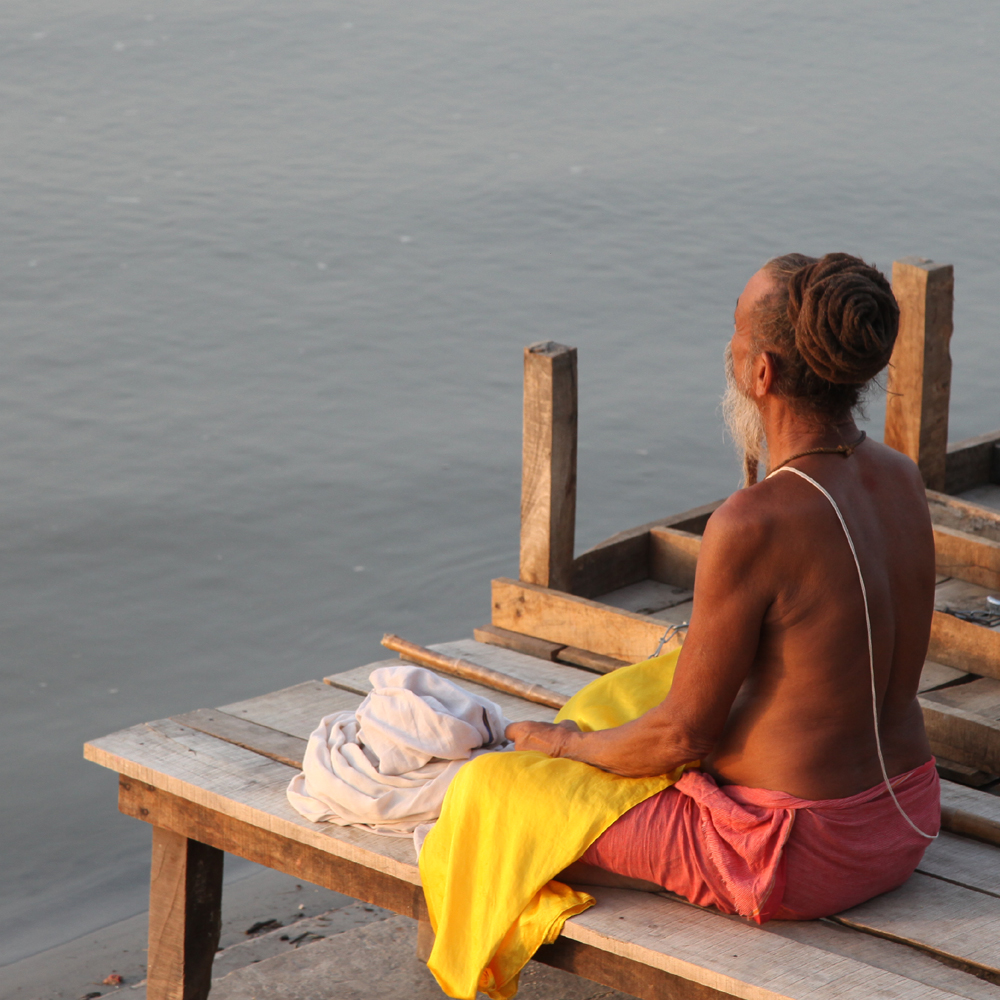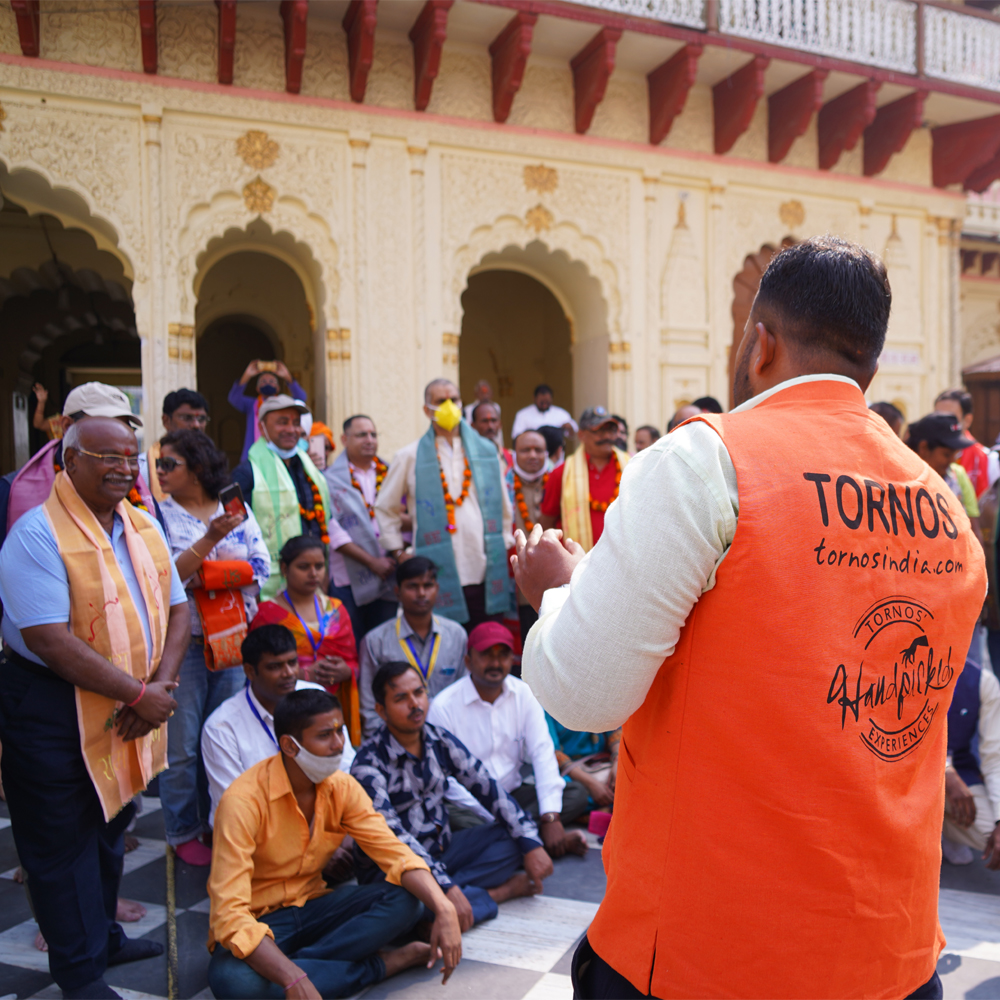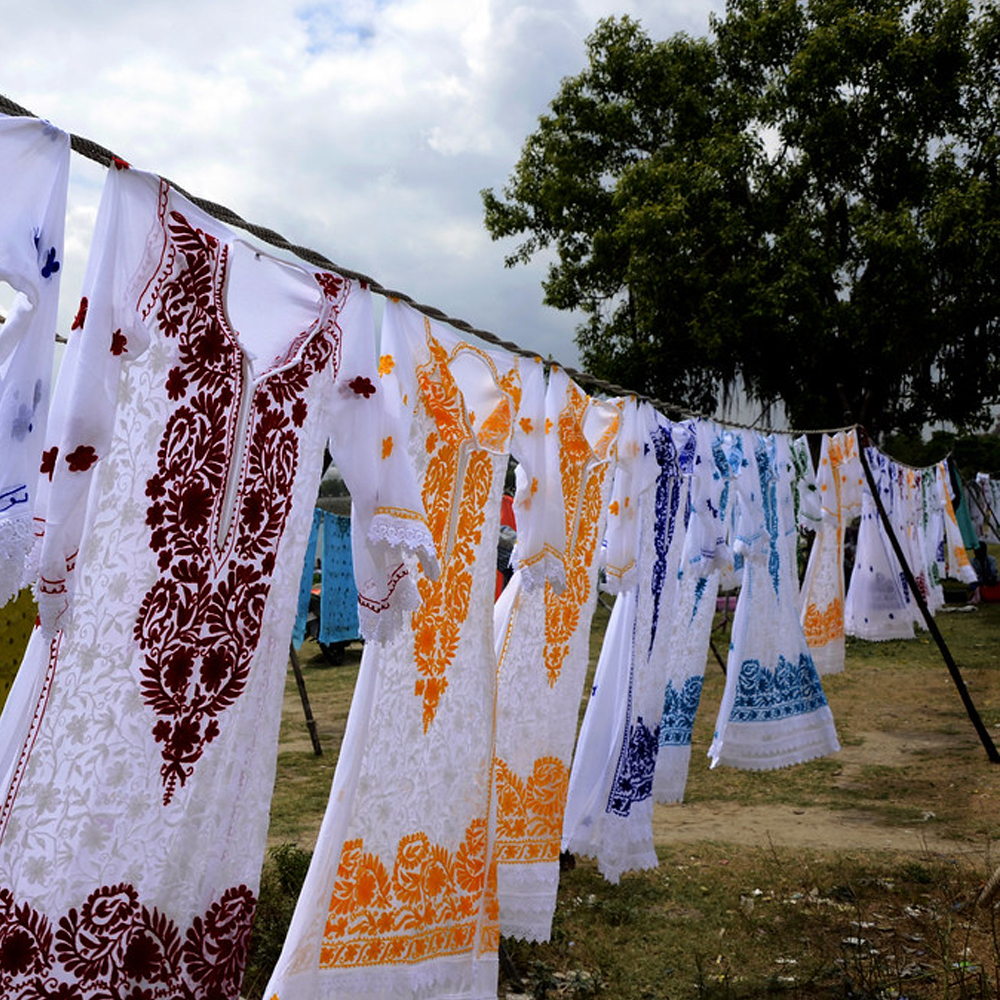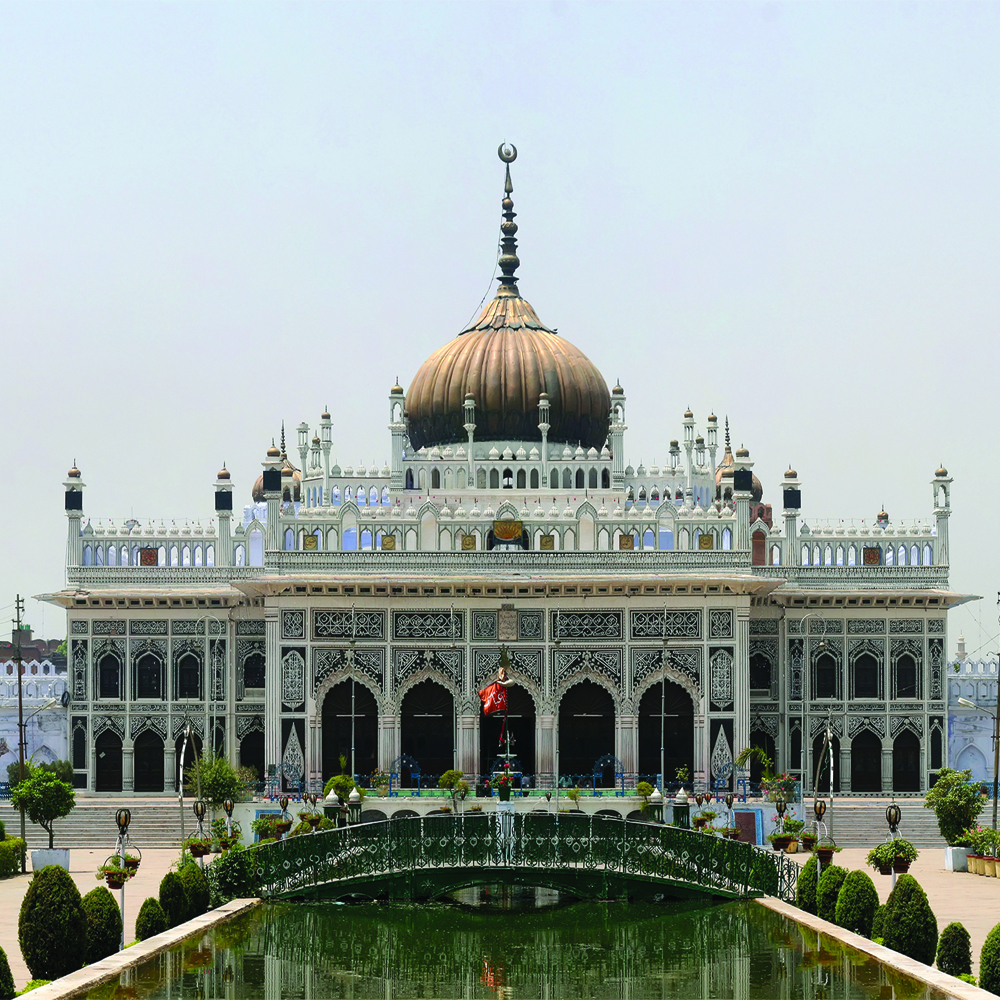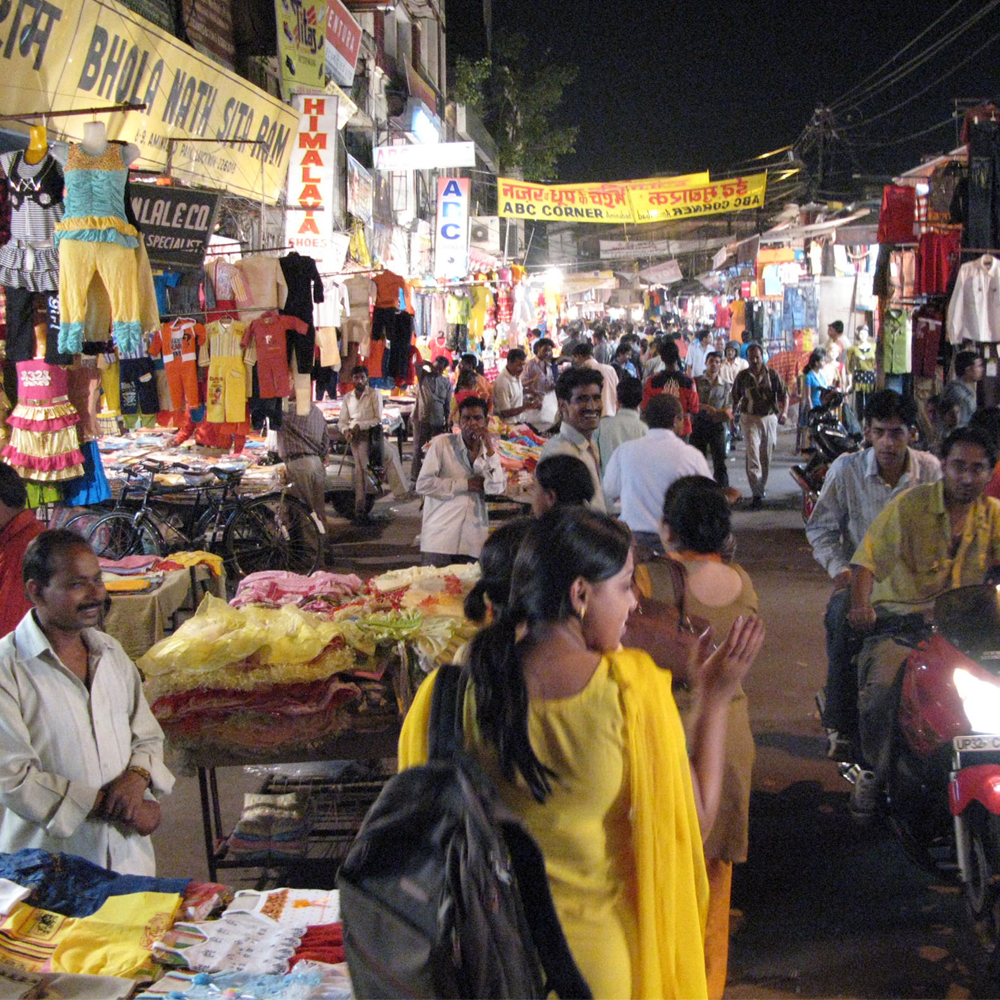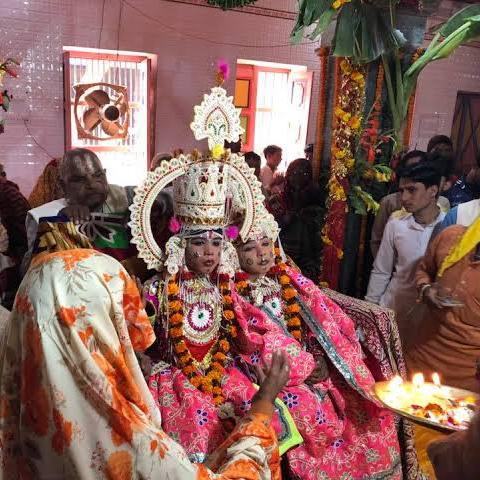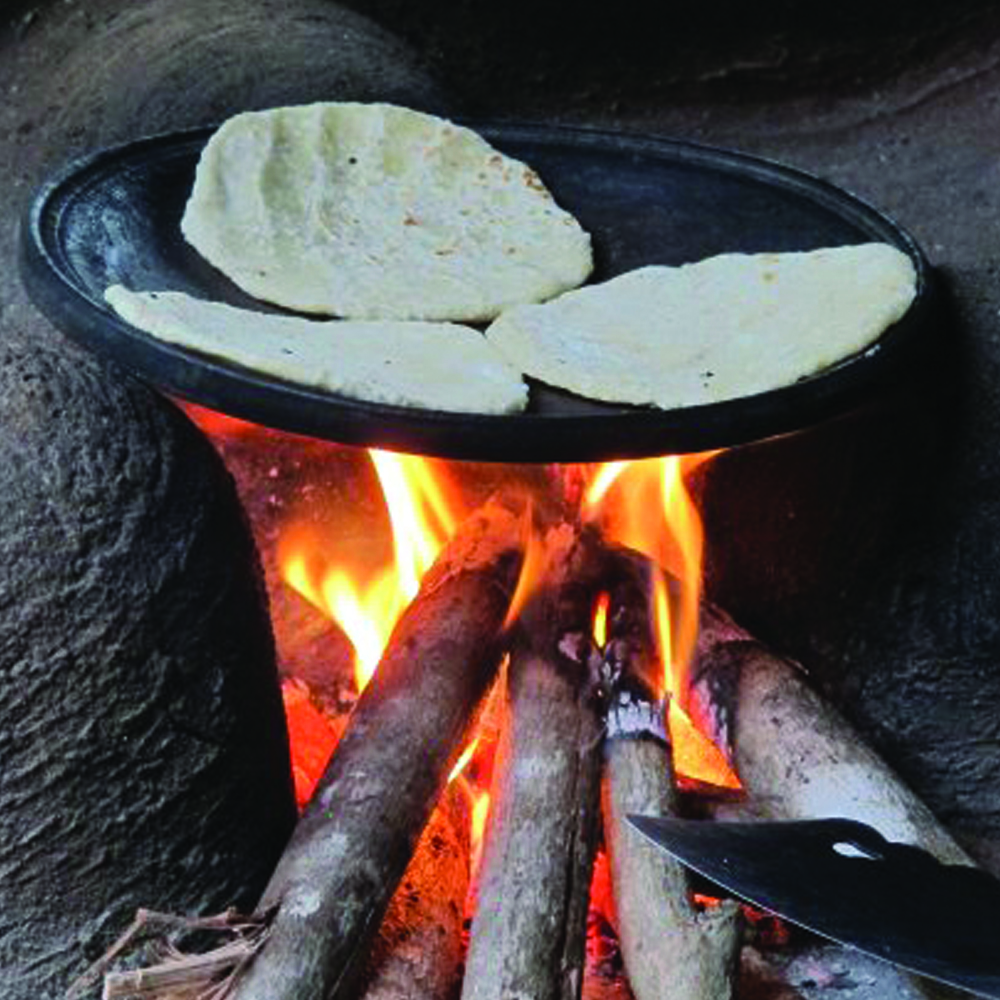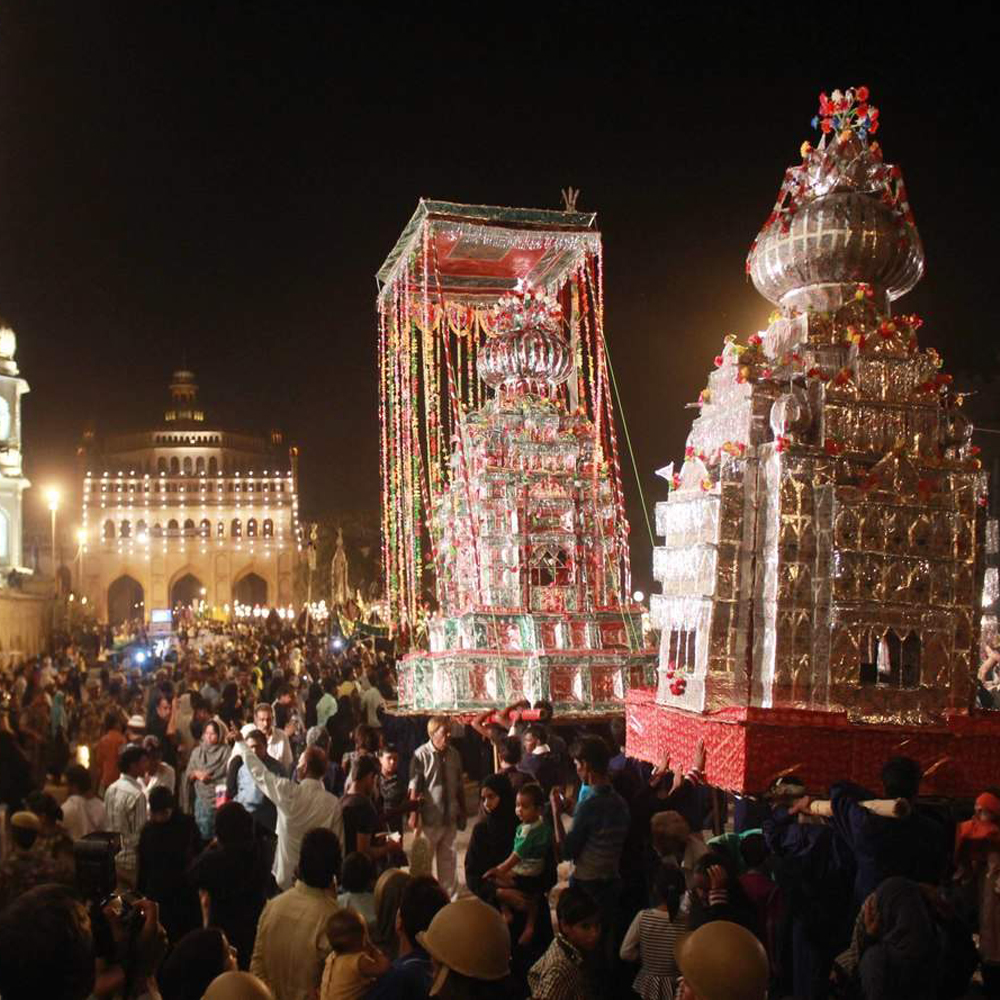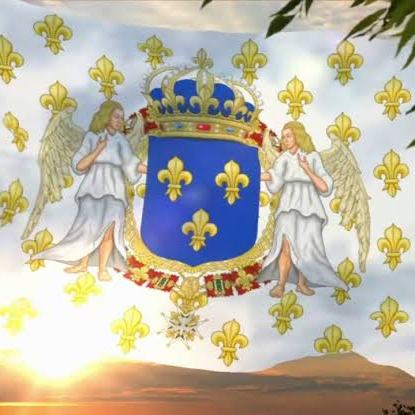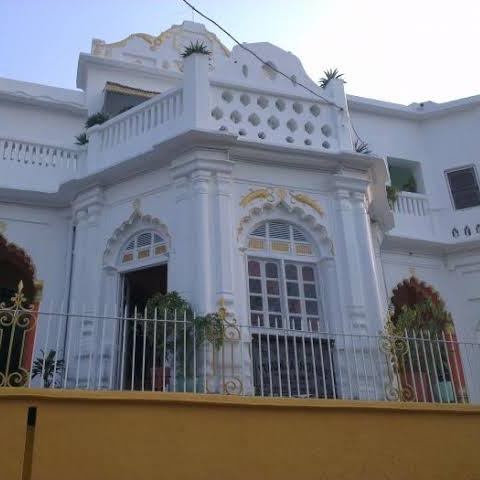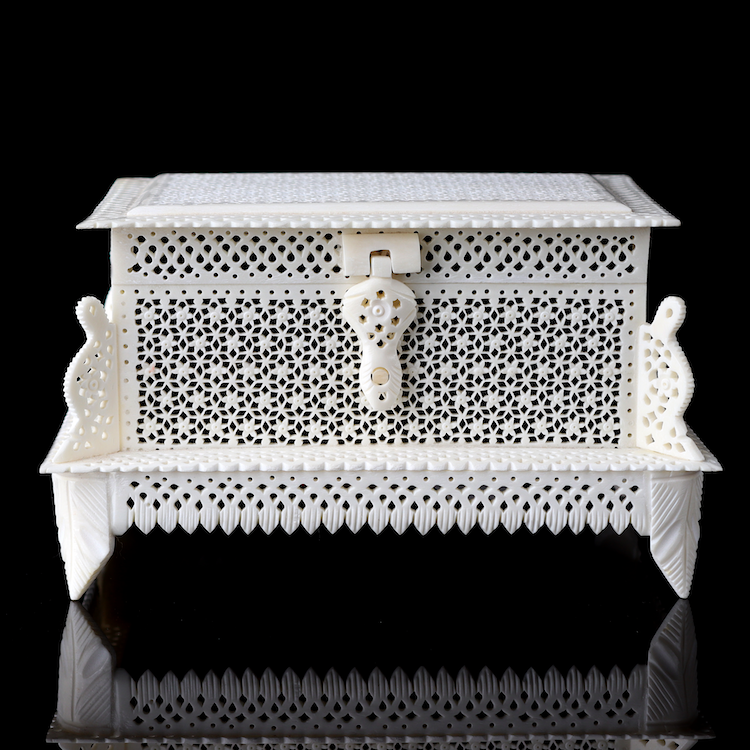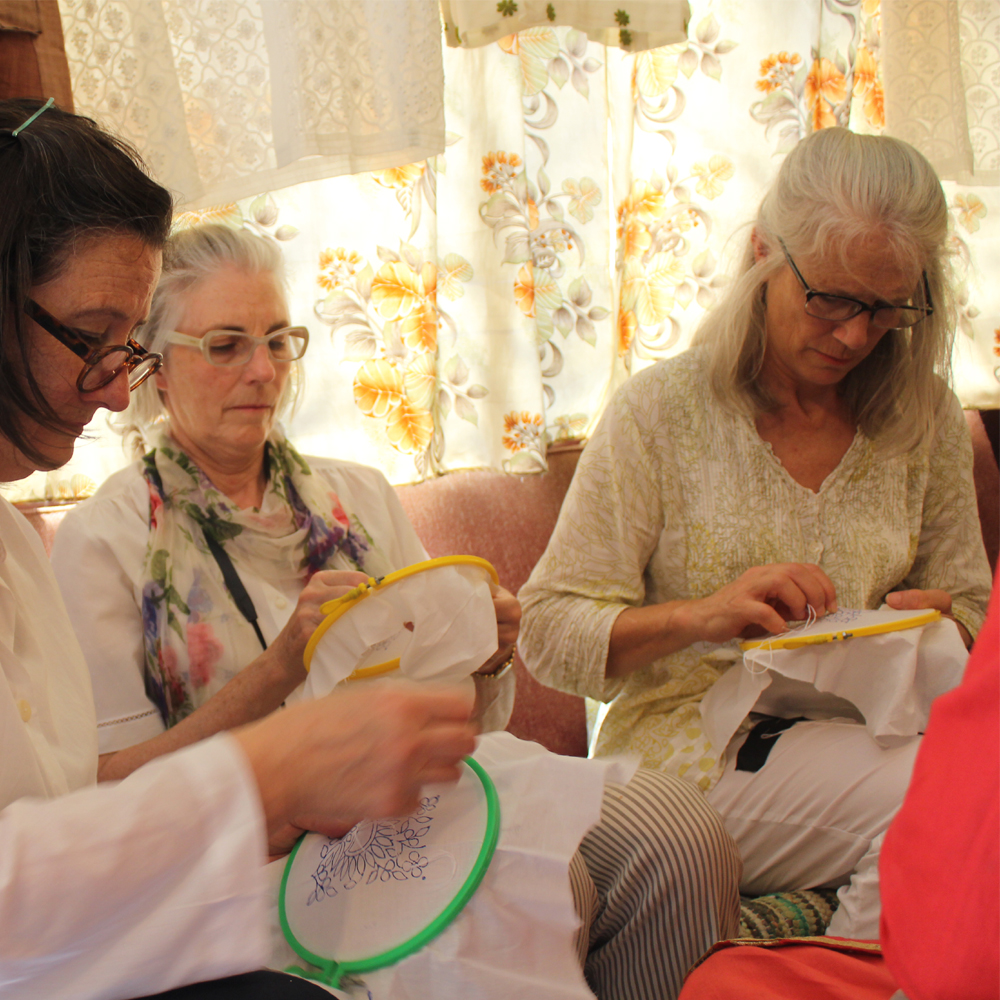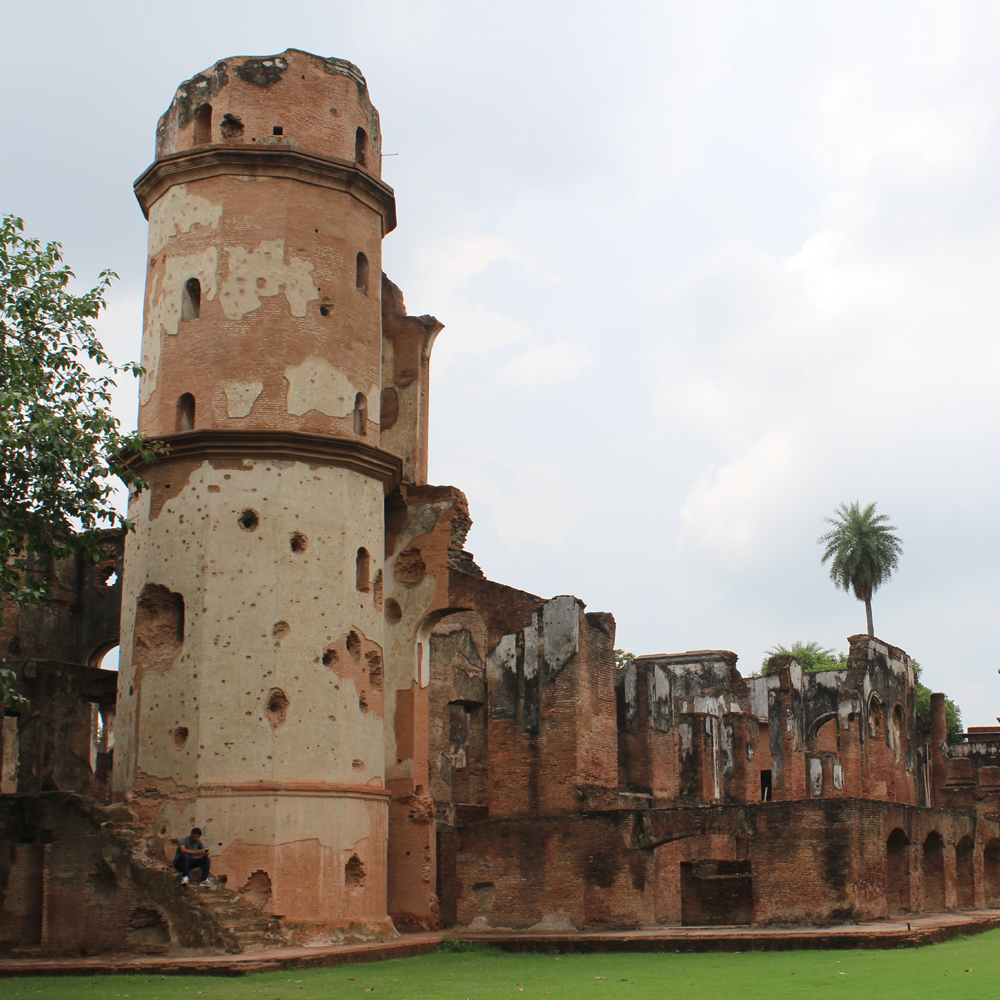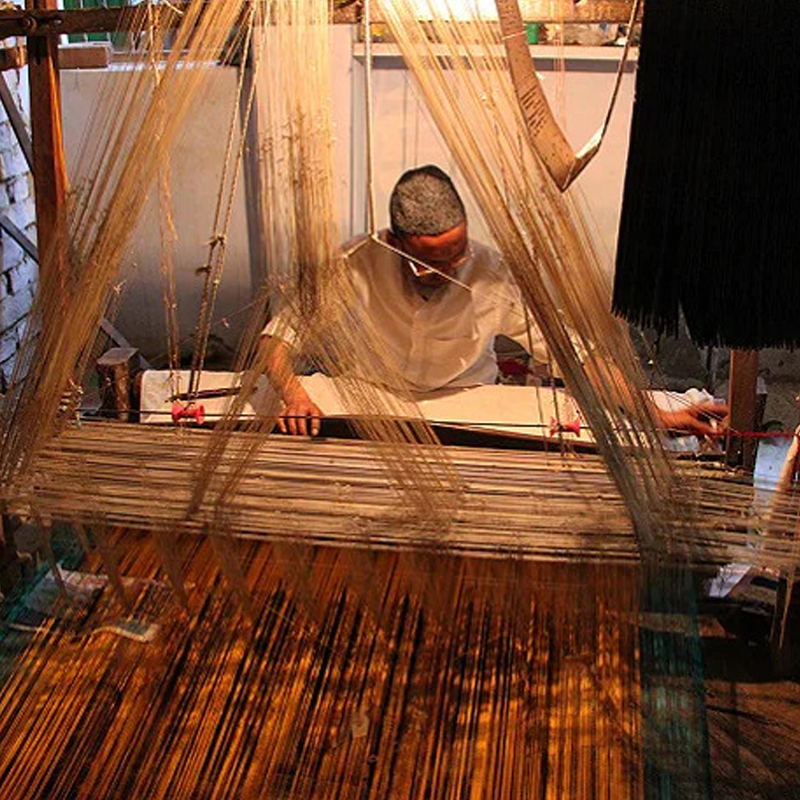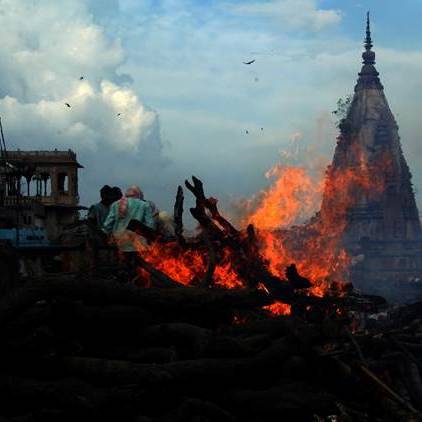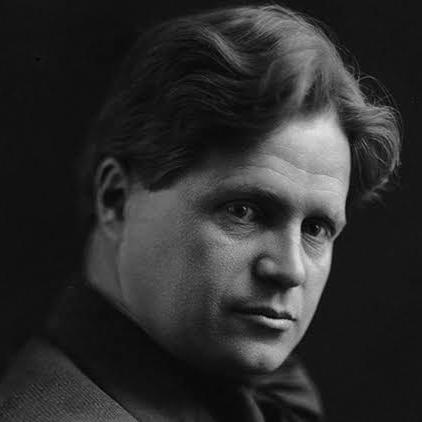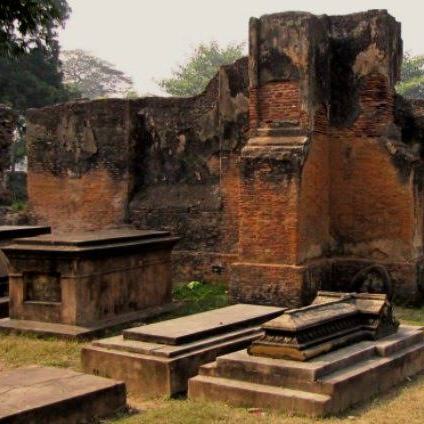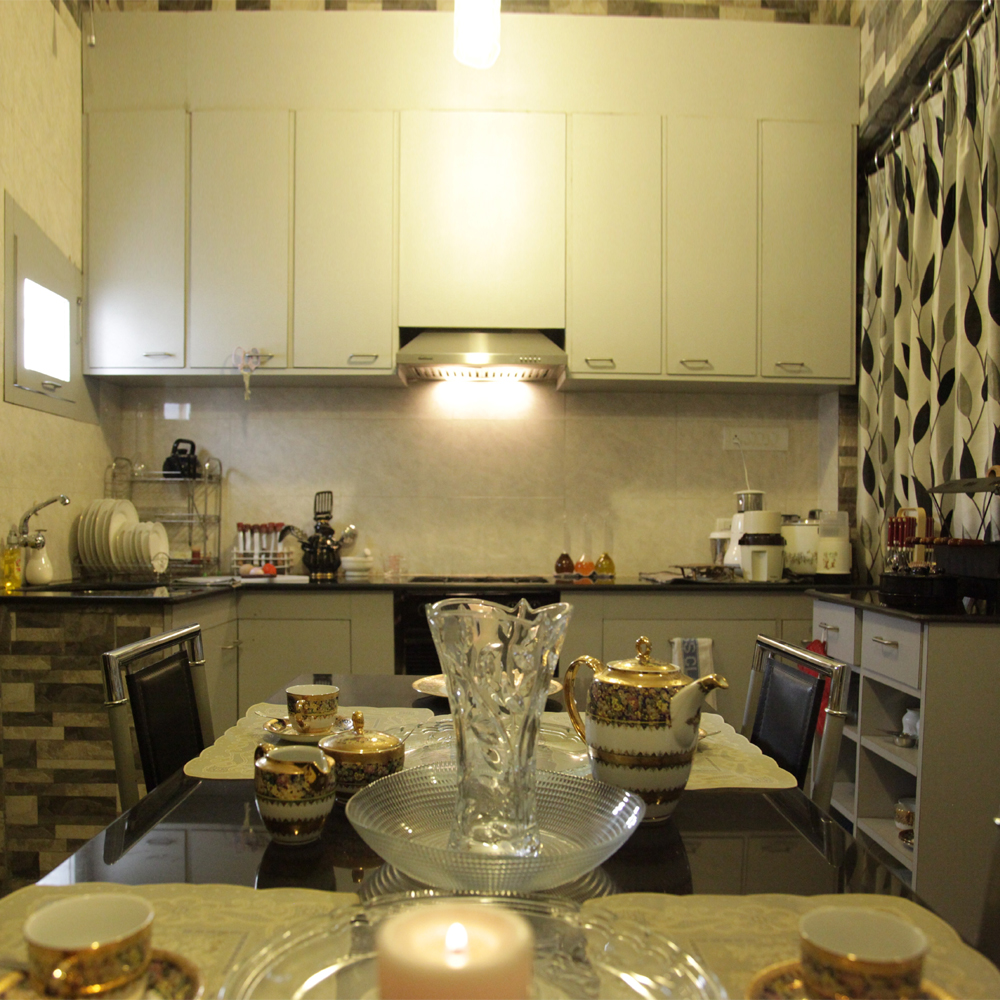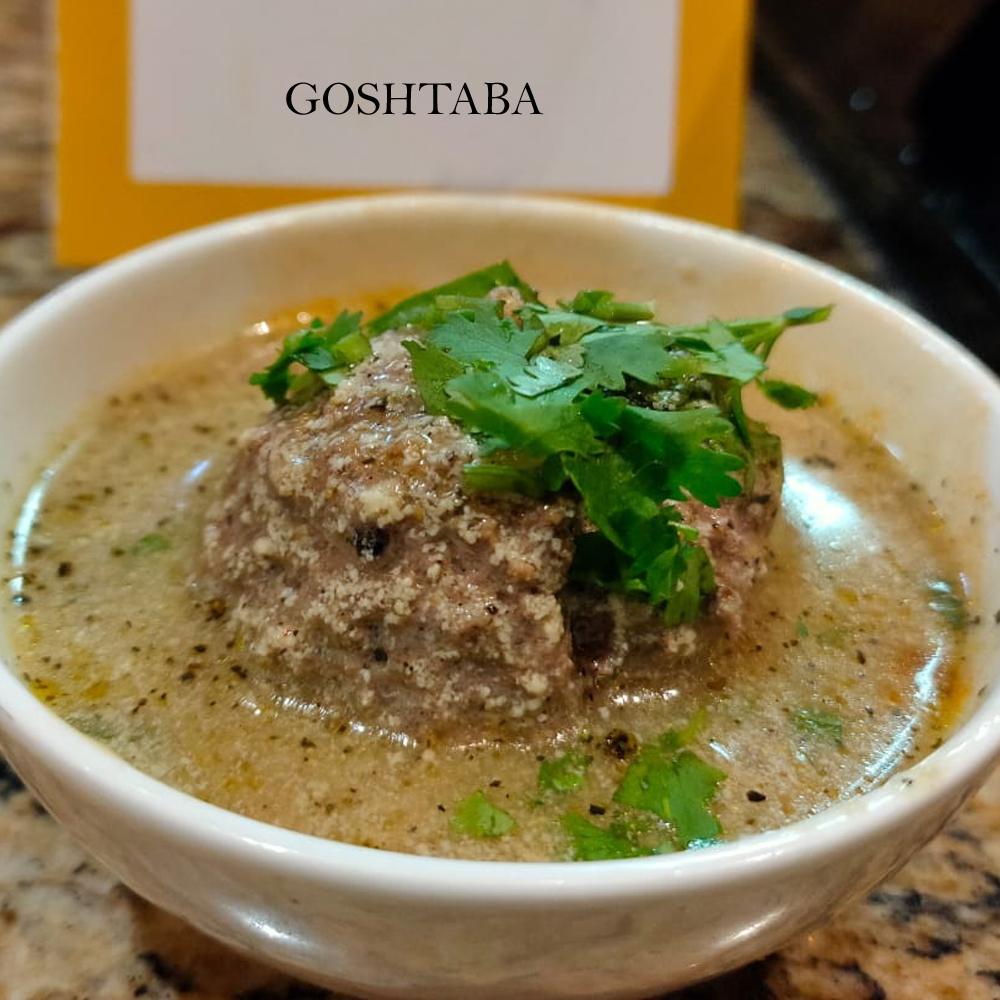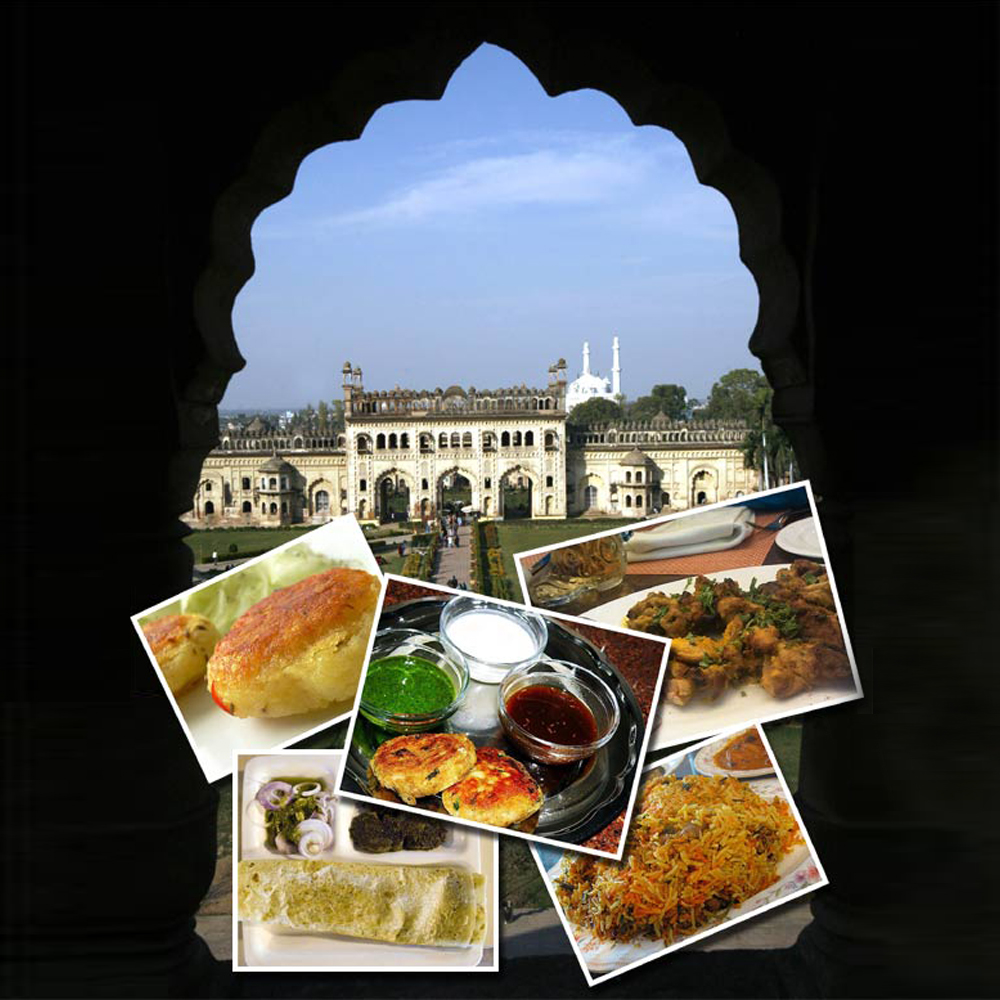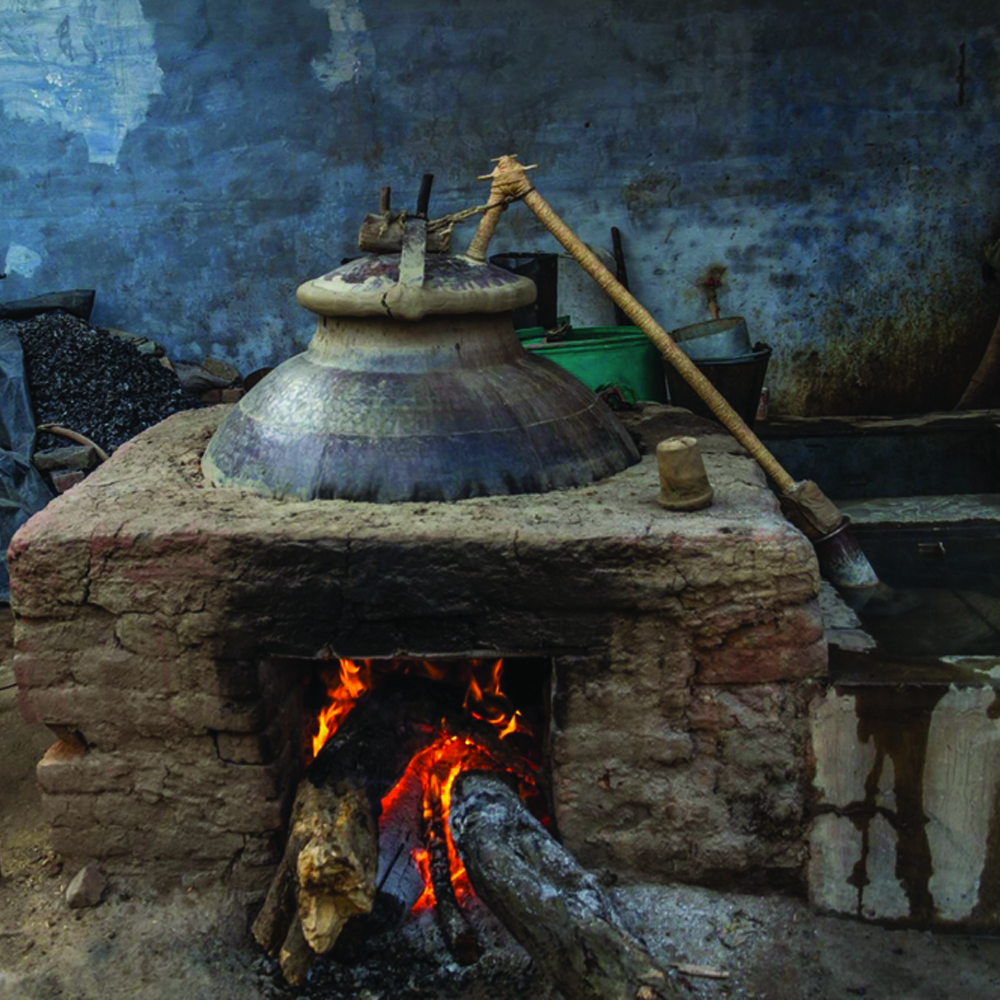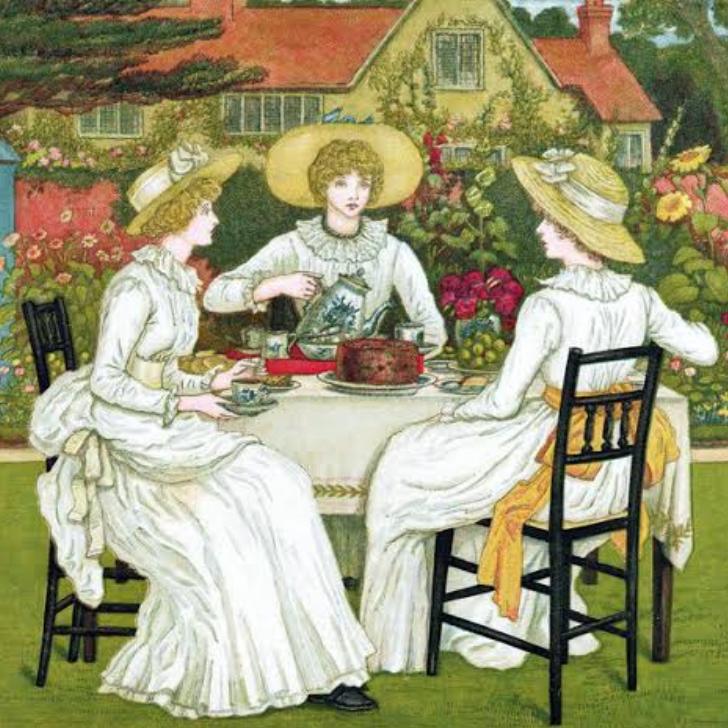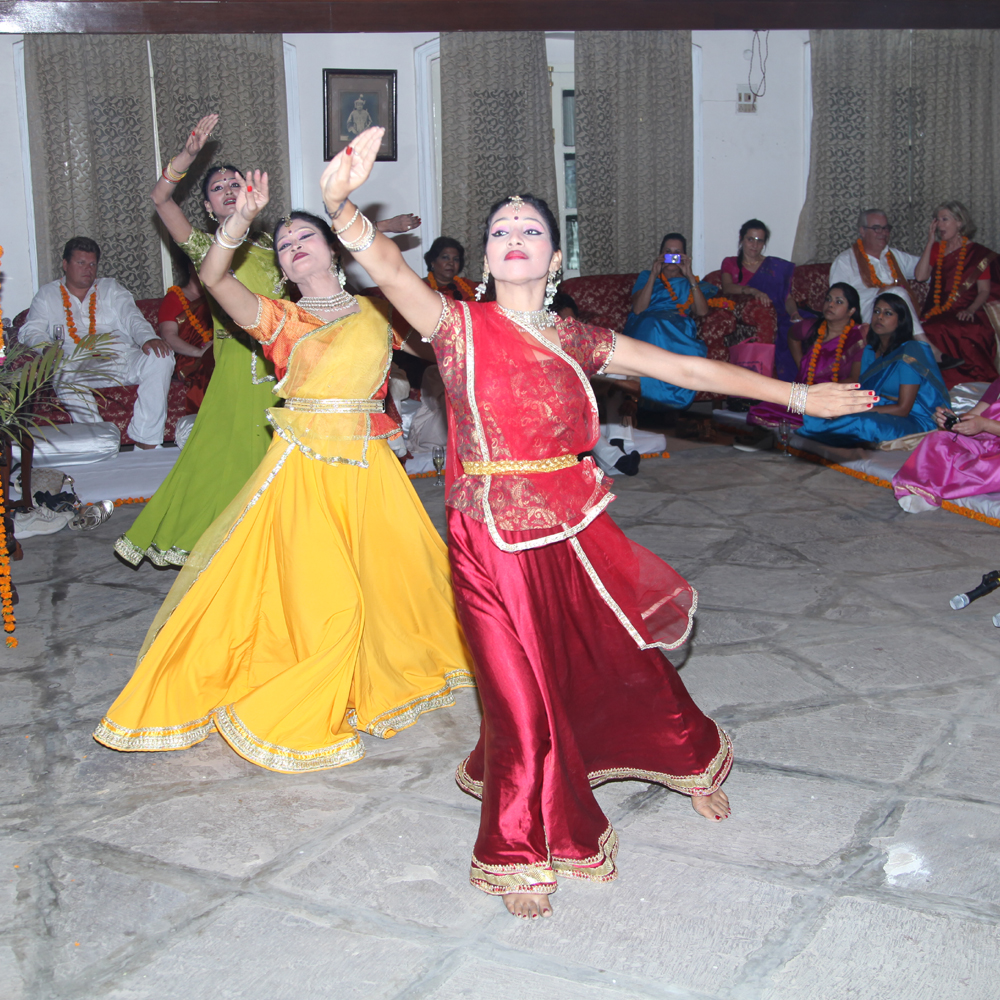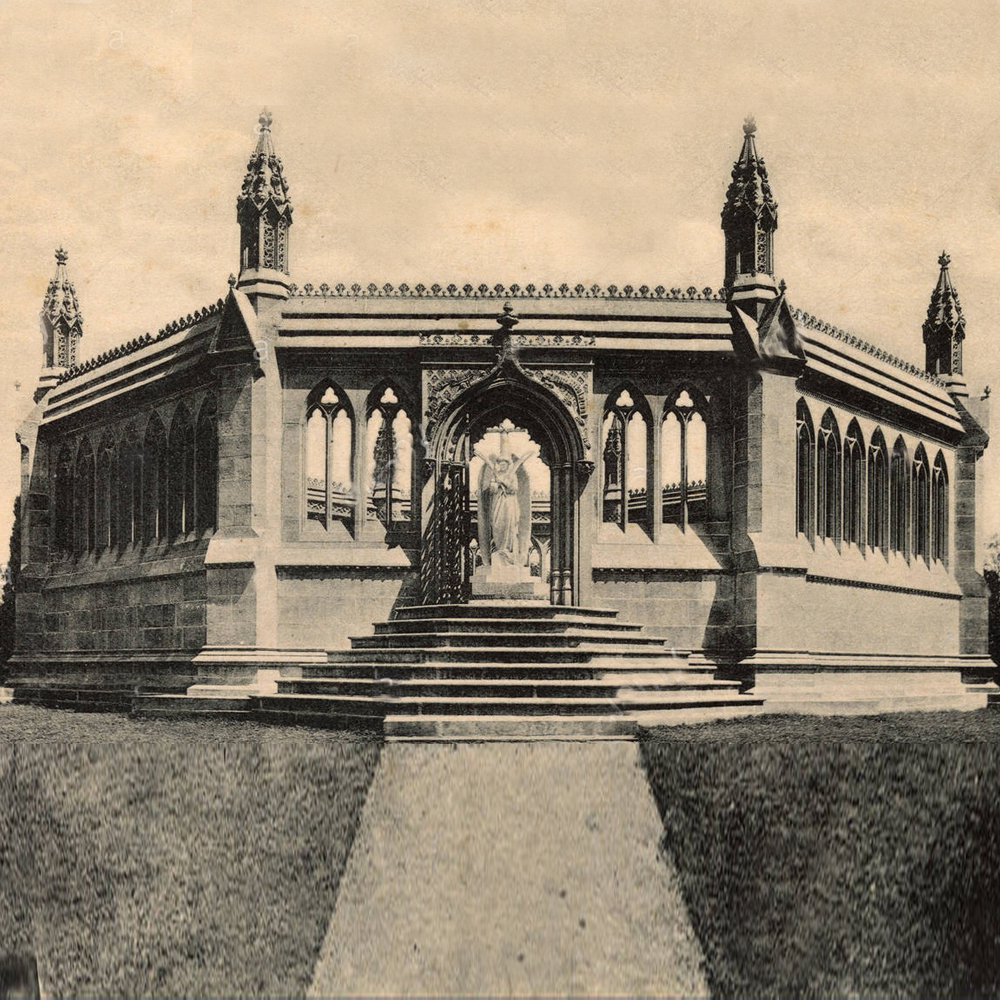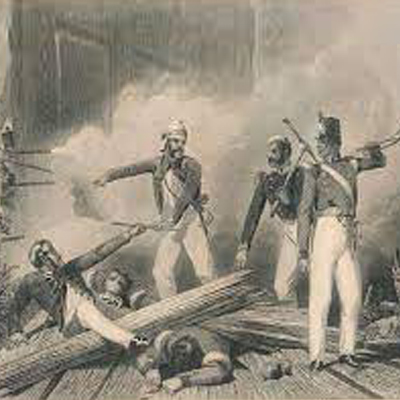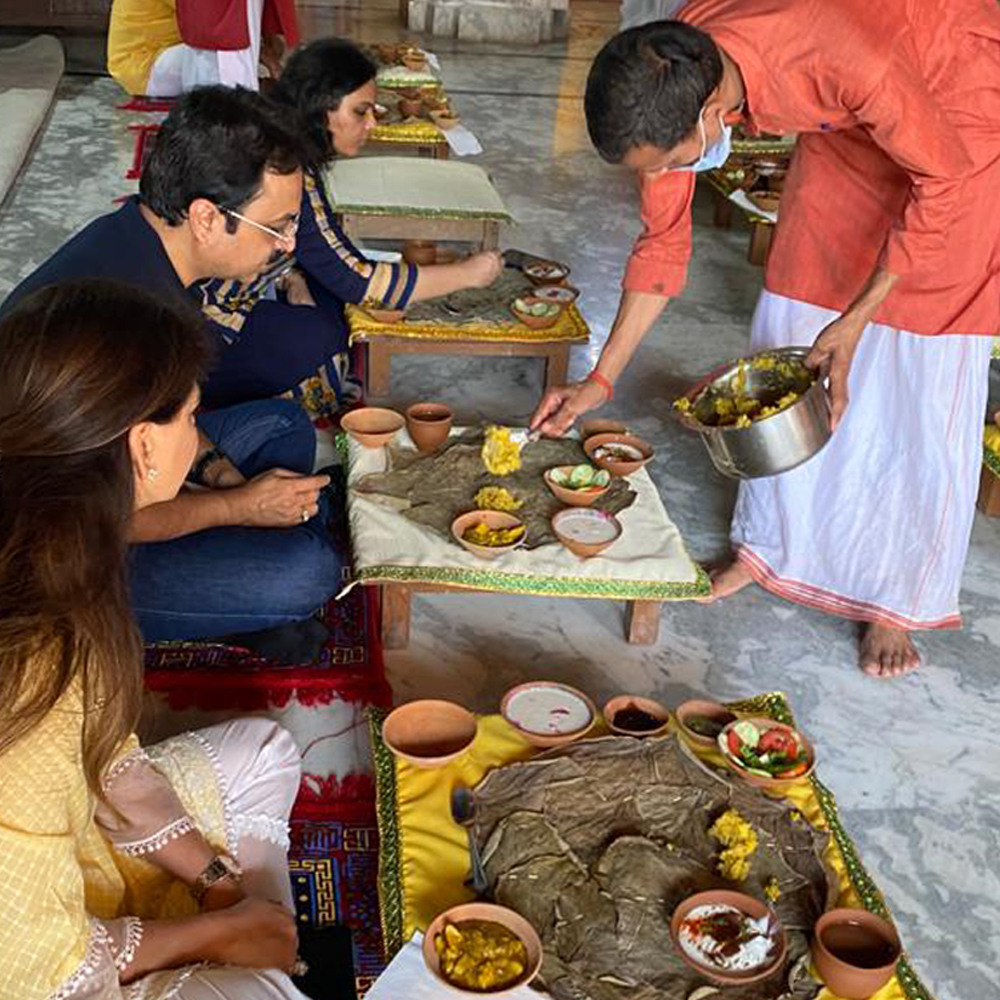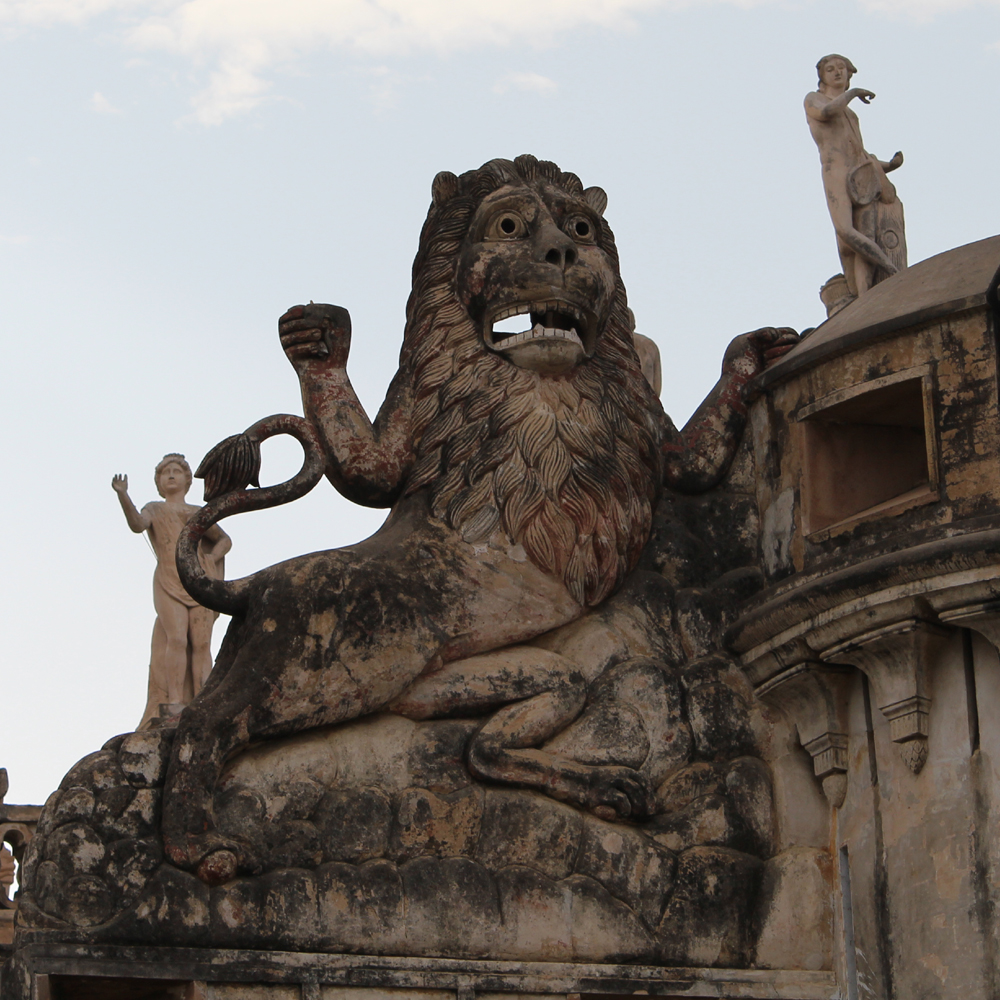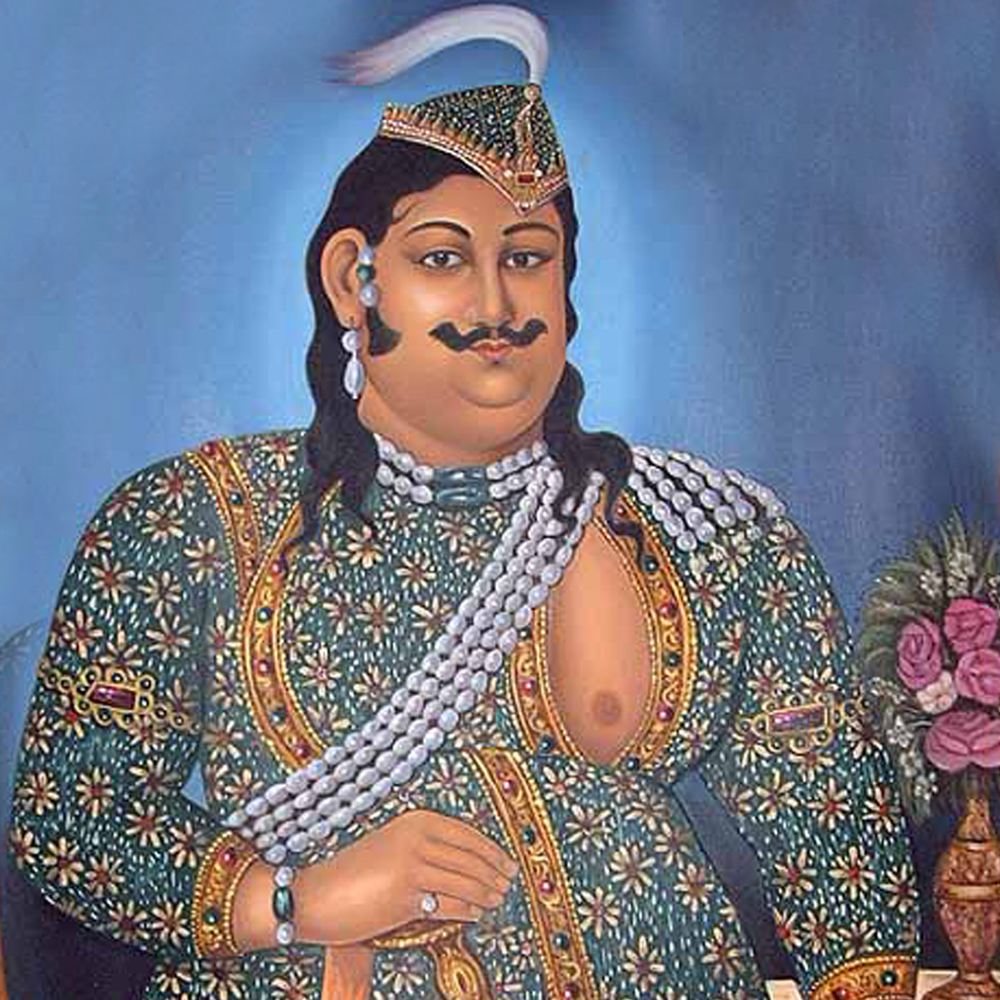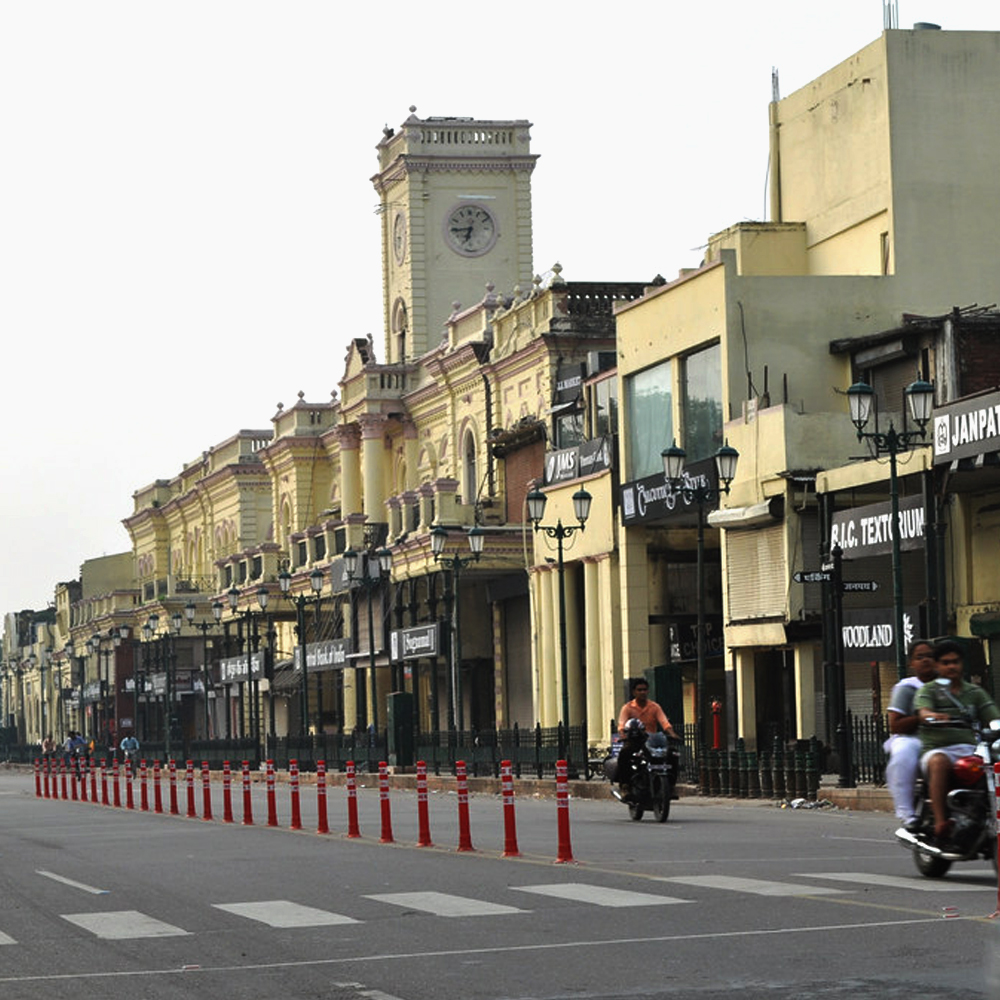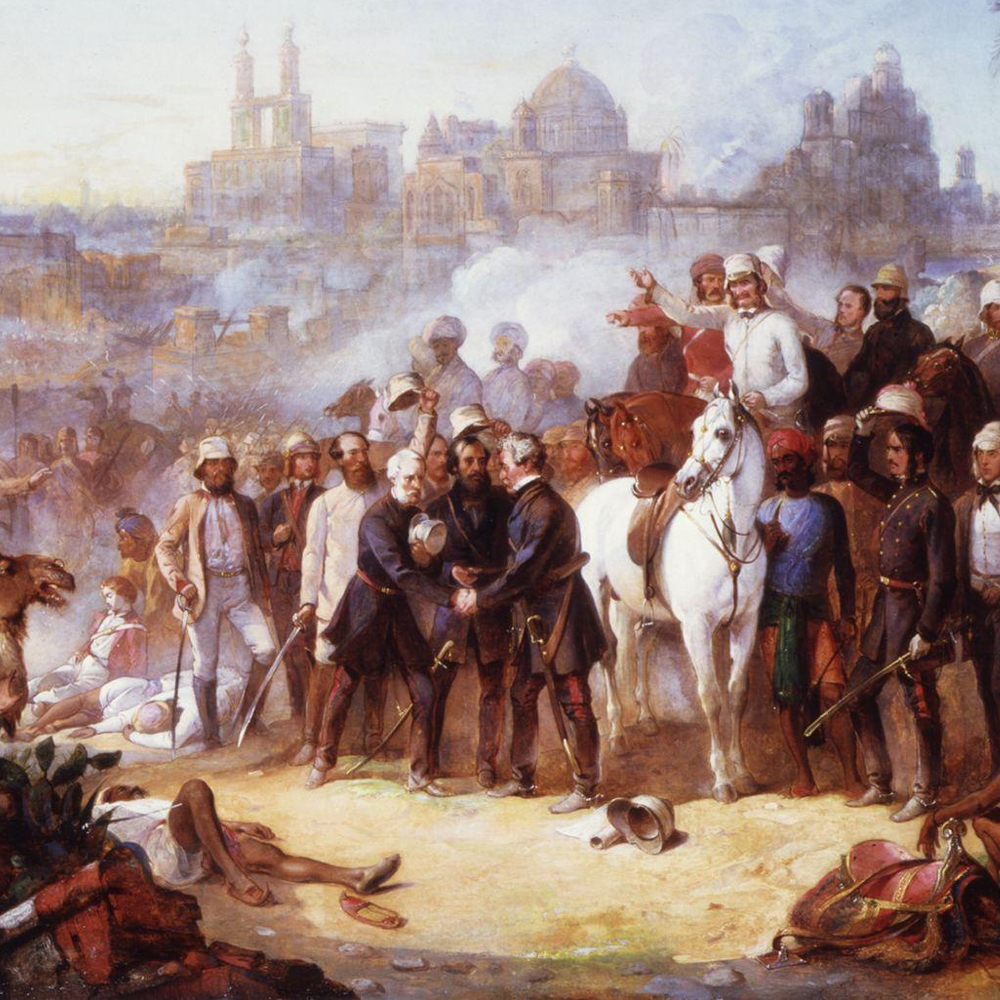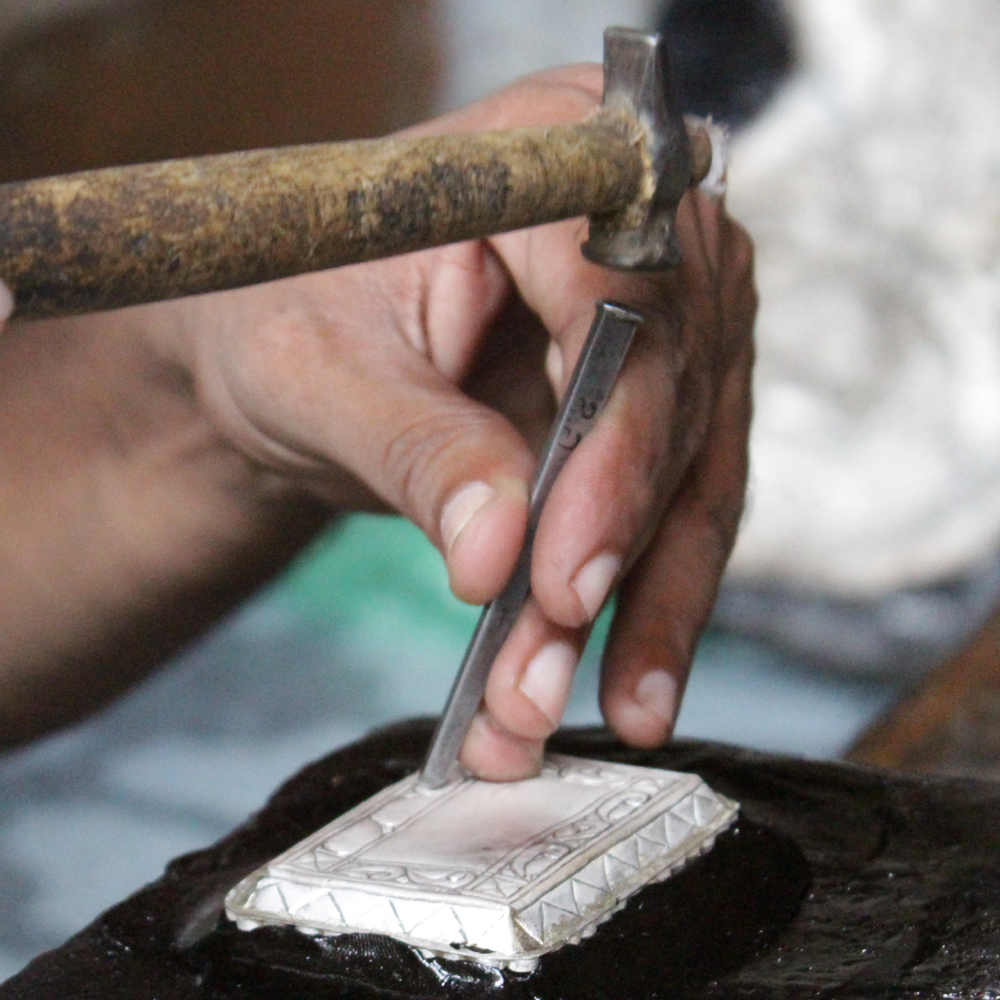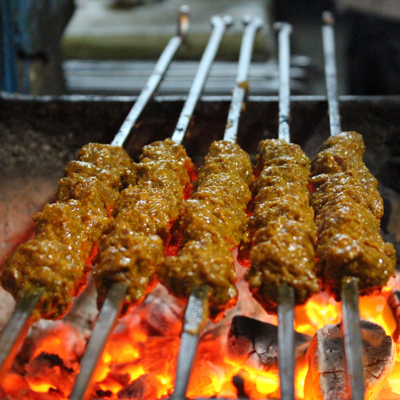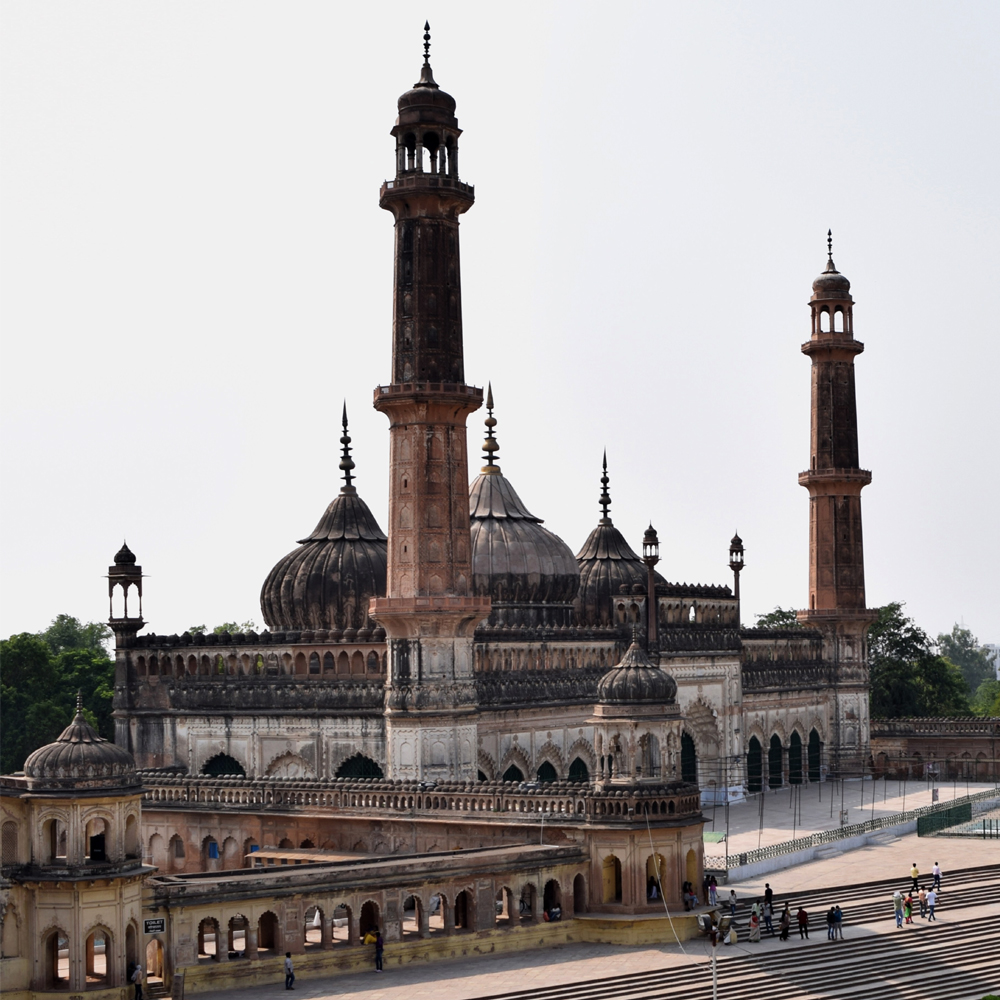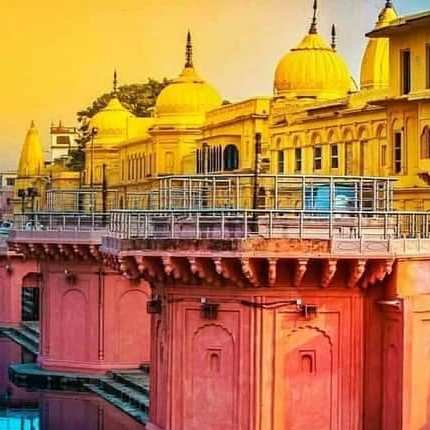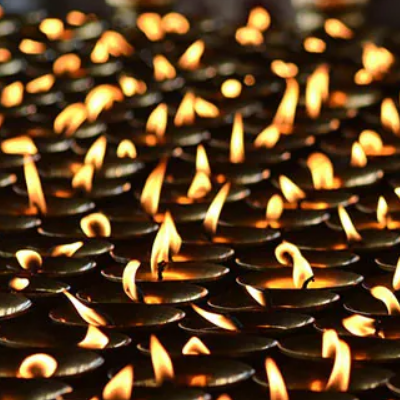Standing prominently on the bank of the Gomti are two remarkable buildings that have been all but inaccessible to the people of Lucknow for nearly seventy years. The Chattar Manzil palace and the ‘house on the water’ which was previously known as Farhat Bakhsh are survivors from the golden age of the city. Let us look at both buildings in detail – how they were in their heyday – how they are today – and how they will be in the future, when for the first time they will be open to everyone.
When Lucknow became the capital of Awadh in 1775 it welcomed all sorts of people who wanted to live and work here. Artists, poets, musicians, dancers and courtesans formed the cultural elite of the city, while others offered practical skills including armament-makers, gun-powder and fireworks manufacturers, cooks, jewellers, workmen and gardeners. Soldiers were recruited to defend the province and its extravagant ruler, the Nawab Asaf-ud-daula, who had already attracted the unwelcome attention of the English East India Company. Among the Company’s officers was the Frenchman Claude Martin. Born in Lyon, he had arrived in India as a young soldier in the French army, but he defected to the British when he realised they were the stronger European power fighting for mastery of the subcontinent.
Claude Martin was a highly ingenious man, skilled not only in surveying but also in supervising the Nawab’s armoury and powder-mill, a position he was appointed to in 1776. He was already familiar with Lucknow, having served here earlier while collecting land revenue. His first home in the city was probably on the north bank of the river. He would have looked across the waters of the Gomti towards the heavily wooded southern shore and imagined a handsome château among the trees, standing on the river bank, its basement storeys utilizing the waters of the Gomti to cool the building during the worst of the summer heat.
And within five years Martin had realised his dream. A unique building rose among the trees. Nothing like it had been seen before in Lucknow or indeed in India. Two large underground chambers were built into the river bank, one above the other. Above them rose the three-storeyed Château de Lyon, completed in 1781, according to a re-discovered panel above one of the arched ‘water-gates’. The château had a number of unusual features, some of which have recently come to light. We know the purpose of the two basement storeys because an anonymous author who visited Martin three years after the building was finished has left a full account.

Château de Lyon (water-colour sketch by a native artist Sitaram C.1814)
As the dry season approached the river fell and the riverside entrances to the basement rooms, described as ‘caves or recesses within the banks of the river’ were exposed. Martin is reported as ‘generally living in these caves’ during the hottest part of the year. The water-gates were screened with reed curtains that were kept wet, providing a cool and welcoming atmosphere inside the rooms, a kind of early air-conditioning. As the monsoon arrived the river level began to rise, and Martin left the lowest rooms to ascend to the floor above, which was similarly fitted out with water-gates. By September the river was at its height, a rise of some sixteen feet, and was lapping around the ground floor of the château. Martin then resumed his normal life in his house and as the river dropped down to its pre-monsoon level, the basements were cleaned of mud, repainted and decorated for the next season. It sounds like a peculiar lifestyle, not to mention a huge amount of work, but it was an ingenious answer to the blistering summer heat. The description of the basement rooms as ‘caves’ gives a misleading impression. We can enter the first basement storey today which is a series of very substantial and airy rooms that would have been lit with tapers and enlivened with fountains. The rooms appear to extend well beyond the footprint of the château above, but this is something which will emerge during restoration. What is extraordinary is the durability of a structure standing literally with one foot in the river.
Another feature of the building is no longer apparent. This was the moat that surrounded the château on three sides and was crossed by a drawbridge. As a soldier Martin was acutely aware of the need for defence. He had deliberately chosen an isolated area in which to build. The city of Lucknow at this point was centred around the Chowk, a good two miles distant. It was only after the château was constructed that other buildings started to come up nearby. In fact Martin had had to defend his previous residence against an attack by the troops of a rebellious nawab. ‘Had he not placed two small field-pieces at his doors, loaded with grape-shot, and himself at the head of his servants armed’ he would have been looted at best and killed at worst. So Martin was not being over-cautious and the newly-built château ‘had the appearance of a fortified castle and was indeed constructed with a view to defence, with the draw-bridges, loop-holes, and turrets, and water, when desired, all around’. Inside were heavy iron doors that could impede anyone rash enough to force an entry, and the elegant scalloped turrets on the roof that we see today are in fact battlements.
It was in the Château de Lyon that Martin died on 13 September 1800. He had directed that all his possessions were to be auctioned, and this was done the following year in Calcutta. Luckily we have a copy of the Inventory which was prepared by Messrs Tulloh & Co. Auctioneers. It is an enormous document that runs to almost a hundred pages and provides a fascinating insight into the mind of an eighteenth century man of the Enlightenment in India. Visitors to the château had described it as a ‘perfect museum’ and this seems accurate as we learn of the contents. There were specific areas of the estate that included the usual establishments of stables, boat-house, a well-stocked cellar, the armoury, the kitchen, the library and the picture-gallery. But there was also a riot of curiosities – telescopes, magic lantern slides, shells, skeleton, ‘electrical’ equipment, rare coins, Chinese figures, fireworks and a stuffed monkey among others things. Somewhere in the building was a large and elaborate toy theater that Martin had commissioned from Paris, with moving scenery and a barrel organ that played the latest tunes. One can imagine the old Frenchman sitting there of an evening with a favourite companion, listening to the trilling tunes as the candles in the chandeliers flickered and the rippling waters of the Gomti were reflected on the painted ceilings.
The château was re-named Farhat Bakhsh after Martin’s death, when it was bought by the Nawab Saadat Ali Khan, brother to Asaf-ud-daula. By 1826, when a panorama of the south bank was painted, buildings have sprung up all along the riverside. Although there are structures on either side of Martin’s house, there is nothing yet that quite resembles the Chattar Manzil palace next door (The two buildings are now linked by a series of passageways.). It was Saadat Ali Khan who renamed the château as Farhat Bakhsh – ‘the giver of delight’ and the Nawab was certainly responsible for developing the area into a huge and magnificent palace complex. Buildings including the Lal Barahdari (the throne room), the Gulistan-i-Iram and the Kothi Darshan Bilas all stood within the grounds of the palace. Today the main road divides the complex, a road deliberately driven through by the British after 1858 as a ‘punishment’ for Lucknow’s rebellion during the Great Uprising. So we only see half the picture today unless we walk right round the palaces furthest from the river.
We know far less about the five-storeyed Chattar Manzil. Yet it was home to successive Nawabs between 1810, when the main street, Hazratganj, was built, and 1852 when the last palace, Qaisarbagh was completed. Only one or two early photographs exist, showing a maze of passages and auxiliary buildings that developed between the smaller structures. Ironically, when these passageways were all cleared away by British engineers, it enabled passersby to see the larger buildings, including the Bara (great) Chattar Manzil, in splendid isolation. The name ‘chattar’ comes from the brass umbrella that crowned the central dome of the existing palace.
Within the Chattar Manzil, on the ground floor, there is a large and splendid durbar hall, where the Nawabs would hold receptions and greet distinguished guests. At one end of the great hall is an arch spanning the entire room and behind this is a stage. Here music and dance performances would take place, and from the windows of the second floor the Nawabs would watch animal fights on the opposite bank of the Gomti. Pleasure boats sailed up and down the river and there are the remains of a handsomely paved riverside entrance at the back of the building.
After the annexation of Awadh by the East India Company and the subsequent re-occupation of the city in 1858, the Chattar Manzil and the Farhat Bakhsh, along with other palaces were taken over by the British and smartened up. Although battered during the Uprising both buildings had survived more or less intact. At some point – we don’t know exactly when – the Chattar Manzil became the United Services Club for British military personnel stationed in and around the city. A number of substantial alterations were made, including the construction of a swimming pool within the building, not something the Nawabs would have approved of, one feels, for there are no reports of them ever getting their feet wet. There is surprisingly little information on the Club, although there must surely be people who remember their parents or grandparents dancing and playing tennis here. And there must be a host of local people who have family memories of working here and serving the burra sahibs and their mems with gin and tonic.
In 1947 when the British left, both buildings remained empty for a couple of years until it was decided to make them over to the Central Drug Research Institute (CDRI),one of the first laboratories to be set up after Independence. The Institute was formally inaugurated by India’s first prime minister, Jawarharlal Nehru on 17 February 1951. To go from a palace to a British Club to a laboratory is quite a transition and the old building has suffered. A mezzanine floor was put in, which has the effect of weighing down the building, and it needs to be removed along with the partitions that divide rooms in the upper storeys. The CDRI vacated the buildings in 2014 and they have been handed over to the State Archaeological Department for restoration. In a way, it was no bad thing that the Institute, despite the alterations it made, retained the building for so many years. A considerable number of Nawabi buildings have been lost since Independence and Chatter Manzil and Farhat Bakhsh might have gone the same way, had they not been in government hands.
It was frustrating for some, especially architects and historians, that the buildings could only be viewed from the outside. Before the flood prevention bund came up in the late 1970s it was possible to walk along the river bank, when the water-gates of the château were still visible. But once the bund was raised the area between it and the two buildings became inaccessible and covered with trees and shrubs. What was once the rear elevation of the château is now interrupted by an ugly platform.
Repair, renovation and careful restoration will take a long time, especially when decisions have to be made on how much of the basements to reveal. A building which has stood in water for over two hundred years will not take kindly to being dried out. Work has only recently begun on the roof of the Farhat Bakhsh, but already this has uncovered a series of air-vents running down through the building. Claude Martin was to develop this idea of cooling vents in his last building, Constantia (La Martiniere Boys College) and there are other similarities between the two buildings, notably the idea of a defensive structure, that will become clearer as work progresses.
A symposium was organized calling on Indian and foreign experts for ideas about how the buildings should eventually be used. The consensus was that they should become a museum to reflect the city’s extraordinary past and to showcase the present together with cultural events, selected shops and a good restaurant. Properly handled, the site can become a substantial tourist attraction that will draw people to the city and encourage them to explore today’s Lucknow. It could become the hub of a new expansion in the city’s fortunes – something that both the Nawabs and Claude Martin would have understood and approved.
Tornos conducts special tour built around the French connection with the city, ‘Un Morceau de France aux Indes





